Polycarbonate greenhouse: design, build and do-it-yourself installation (120 photos)
Not a single summer cottage can do without such a structure as a greenhouse. Farming is now becoming very popular. And therefore, your harvest will directly depend on how correctly and efficiently the greenhouse is built on your site.
Now they offer a large number of varieties of finished greenhouses, but we will consider how to assemble it with our own hands.
Types of greenhouses for summer cottages
To date, the most relevant material for a greenhouse in a summer cottage is polycarbonate.
Pros of Using Polycarbonate
Unlike glass greenhouses, polycarbonate has more advantages, such as:
Compared to glass, polycarbonate is an order of magnitude stronger. For example, from winter snow, glass can crack, or even break, polycarbonate is more resistant to weather.
It transmits less ultraviolet rays, which means that the plants you grow in a polycarbonate greenhouse will be less burned than in a classic glass one.
Excellent thermal insulation, in comparison, again with glass, keeps heat better, since the polycarbonate material is two-layer.
It withstands temperature extremes and maximum heights. Glass may crack.
When heated, it is a flexible material, due to which it is quite easy to work with it, it is well drilled. Polycarbonate is produced in separate sheets in standard sizes, due to which you can cover the greenhouse with 3-4 sheets.
Compared to a glass greenhouse, polycarbonate scatters the sun's rays, so your plants will not get burned.
Well, the last, important plus, is the price. A polycarbonate greenhouse will cost significantly less than glass.
Cons of polycarbonate
But when choosing polycarbonate, do not forget about the minuses of this material:
Polycarbonate is not durable. Constant exposure to sunlight makes the greenhouse more fragile.
A lot of fakes, if you are unlucky, and you have purchased low-quality polycarbonate, then you may be in big trouble due to its insufficient durability. A standard sheet of good quality polycarbonate will weigh 10 kg; if your sheet weighs less, it could be a fake.
There may be problems with additional heating of the greenhouse. Inveterate summer residents to extend the harvest year, install additional heating in them.
The foundation for the greenhouse
The polycarbonate greenhouse must be installed on a rigid base. So, what can be the foundation for a polycarbonate greenhouse:
Bar, it is worth noting that it is not advisable to lay it on the ground, it will not last long. Such a foundation can be fixed on piles or on brick foundations.
Brick laid on a tape cement base. Such a foundation is durable, but again, if it is correctly laid out.
Polycarbonate greenhouse frame
High-quality polycarbonate, this is not the key to success. Also an important role in the greenhouse is its frame. Accordingly, the stronger it is, the longer it will last. From which to choose the right frame?
Plastic frame.Not a high price, the material does not rot, and there is no need for additional processing - these are the pluses of the plastic material. Cons - light snow load, often not a complete set. Having a plastic frame in a polycarbonate structure is the lightness of the structure, it will need to be fairly firmly attached to the base.
Wooden frame. It has such advantages as - ease of fixing of the facing material, it warms up perfectly in the sun and keeps heat for a long time. The downside is the long build process. And it requires additional processing to avoid rotting.
Aluminum frame. Such material is resistant to moisture, does not rust, is lightweight, if you need to transfer it to another place, there will be no problems. Perhaps the best greenhouses on an aluminum frame. But there are a number of minuses - it is stolen, so that you can stay without a greenhouse, high price and fast heat dissipation.
Metal carcass. It is built from various types of metal profile, a fairly strong frame, but it is worth considering the option of galvanized arches.
Greenhouse installation
And so, you have acquired all the necessary material, now the question has arisen, how to make a greenhouse? Where to begin?
We make the foundation, The foundation of any structure is the foundation, and for a stationary greenhouse, this is one of the main components. If you used cement, then you need to give time to harden it.
With an ordinary construction knife, we cut polycarbonate sheets. It should be taken into account that the design does not deform, sheets must be fastened at least after 1-1.2 meters.
We assemble the frame and fasten it to the base - the foundation.
Sheathed polycarbonate sheets frame of the future greenhouse. Sheets must be attached to the whip 6 - 10 cm or to the joint using a special profile. To make the design more solid and durable, joints must be made on load-bearing bases.
If you cannot come to your summer cottage often enough for timely watering, then you need to consider the option of automatic watering. And it is also necessary to automatically open and close the windows, to maintain the necessary climate.
Buying a Polycarbonate Greenhouse
You still opted for the purchase of a greenhouse, then having reviewed a large number of photos of polycarbonate greenhouses, and choosing one, use some of the tips before buying:
Carefully study the manufacturer, even in a product such as greenhouses, fakes are often found. It is better to buy not through an intermediary, but directly from the manufacturer.
If you buy a greenhouse through an online store, then specify all the characteristics so that the design does not come fragile enough and then you do not suffer big losses. Upon receipt of the greenhouse, check the packer’s stamp with the date and shift number.
Please note that you are buying a completed structure, you should not finish it, if suddenly you did not have enough holes or fixtures during assembly, keep in mind. You have purchased a fake. If you have already drilled or fixed something in it, your chances of returning the goods are minimal.
Consider the climate in which you live, how much the frame and the coating itself will be loaded. If your climate does not have much snow, then you can buy a greenhouse more economical, in which the thickness of the carbonate will be less than standard.
Check the polycarbonate itself, if the ribs are pressed through, then the goods are of inadequate quality.
Please note that for the basic design, managers can take the economy greenhouse option, which means that the thickness of the polycarbonate will be thin and the frame is not strong enough. Before buying, check the thickness of the coating and the material of the frame and of course the total amount.
Please note, when buying a stationary greenhouse with an economical thickness of polycarbonate, you will have to change the cover after 9 years.
The choice of a polycarbonate greenhouse is far from simple occupations, as it seemed at the very beginning. Doing the construction of the greenhouse with your own hands, you need to carefully study the purchased material.
The best greenhouse for year-round use is a design with a frame made of polypropylene pipes with reinforcement made of timber. DIY construction is not expensive, but the result will bring you great pleasure!
Photo polycarbonate greenhouses
Brush cutter: 90 photos of the main models from leading manufacturers
Gazebo with barbecue - 120 photos of examples of DIY construction
Thuja western: 80 photos of the best applications for landscaping
Houses made of timber - the best projects of wooden houses. New Design + 200 photos
Join the discussion:
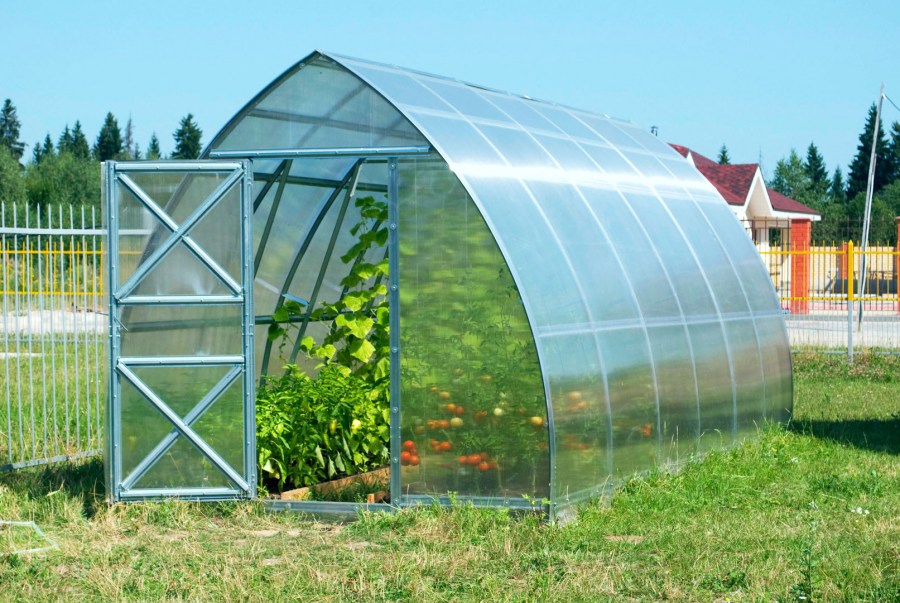
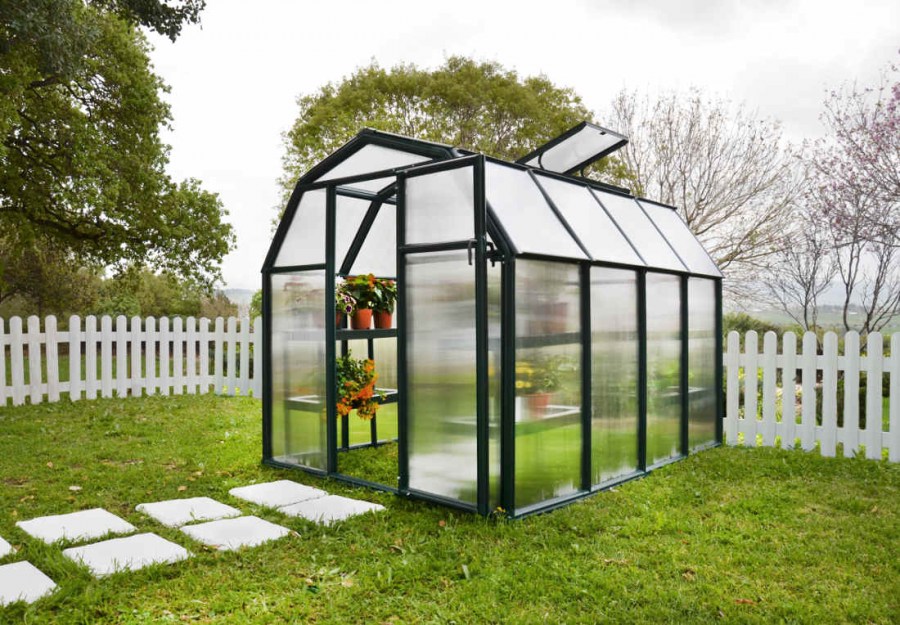
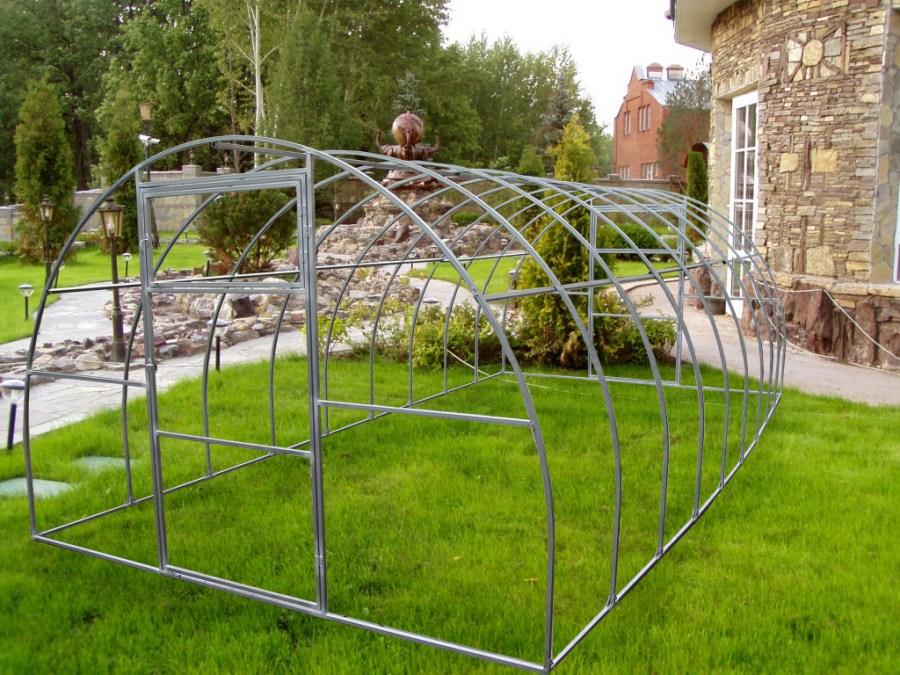

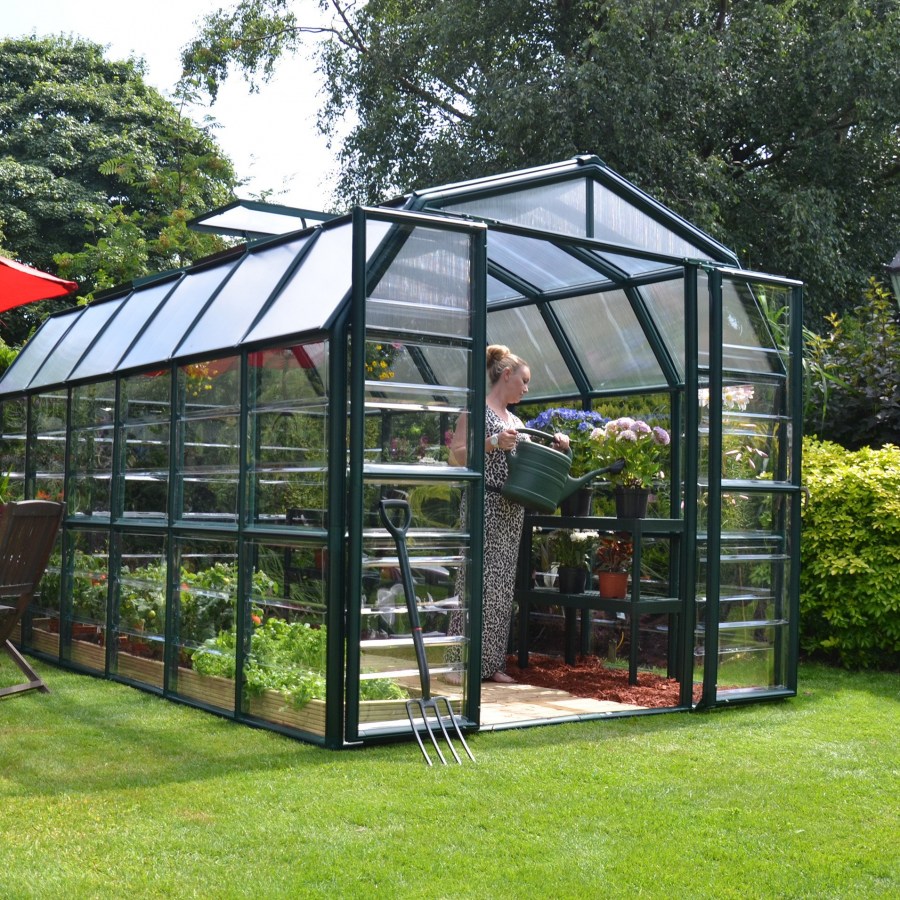
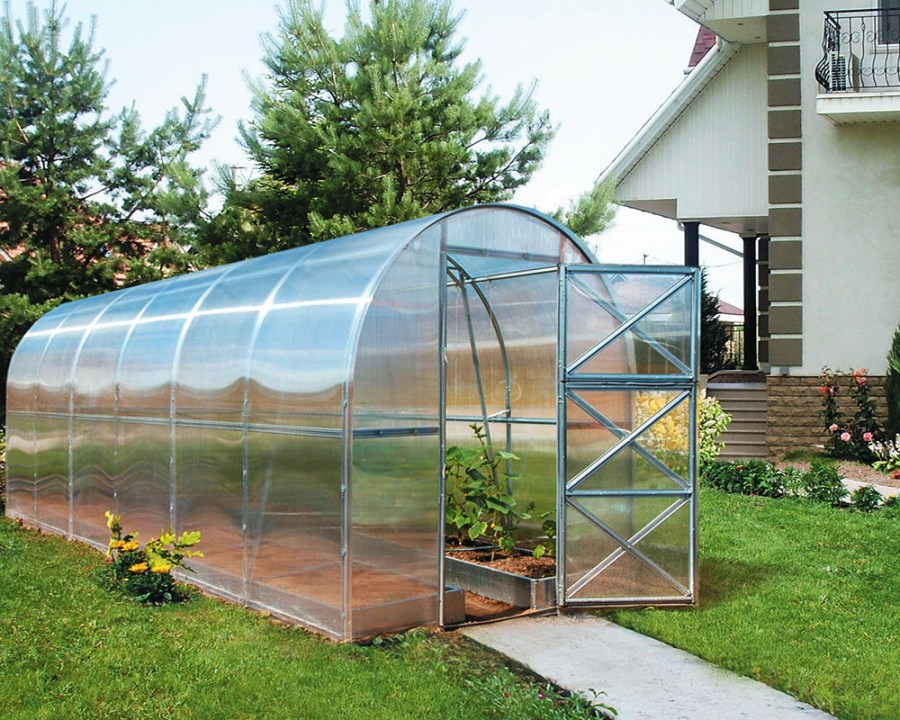
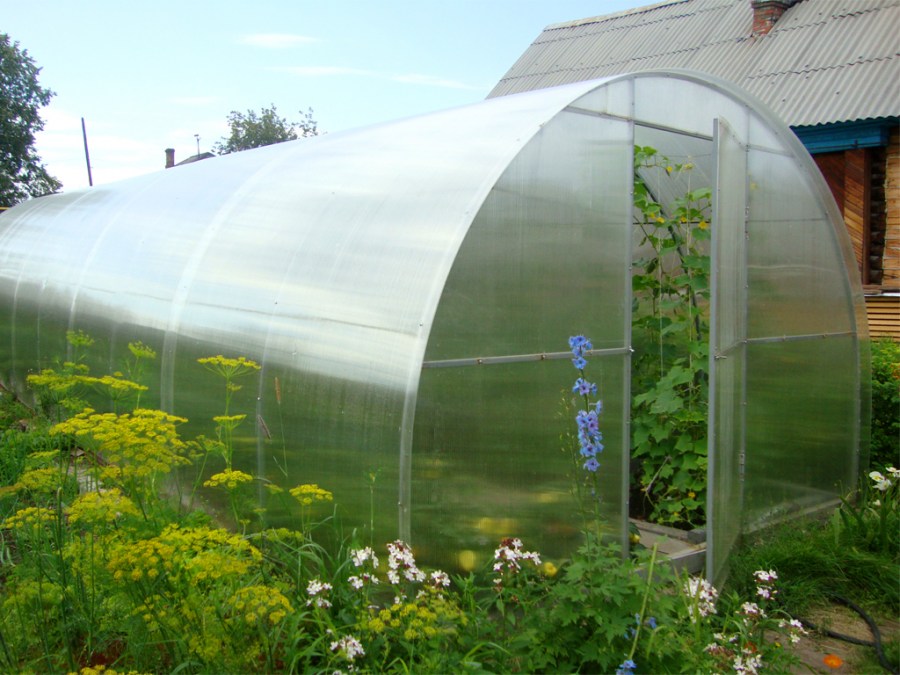
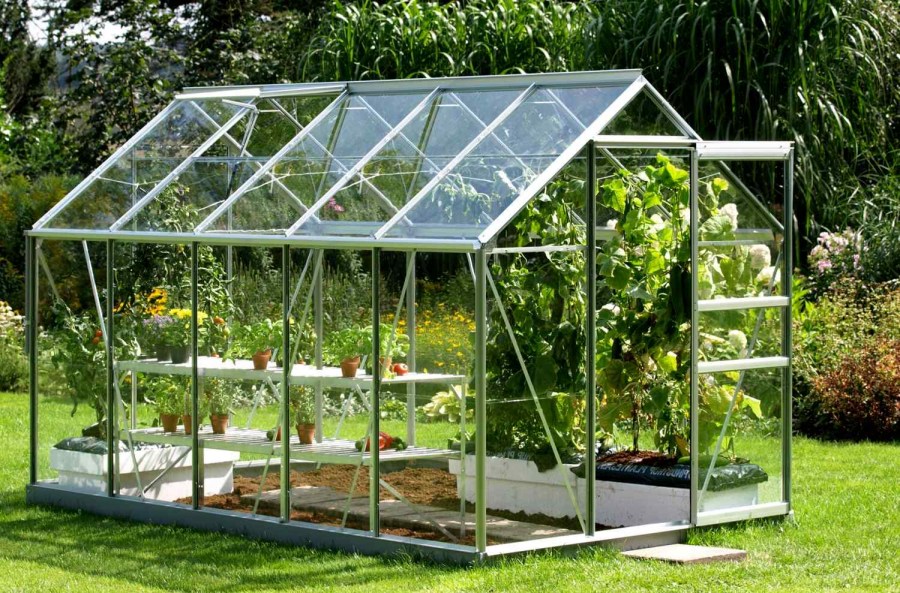
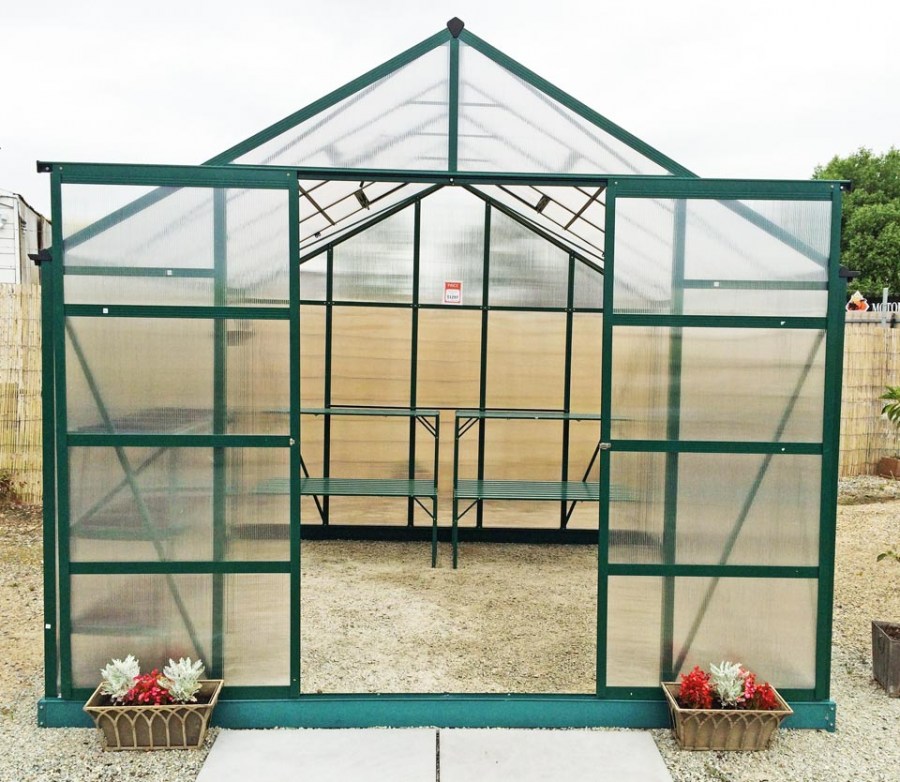
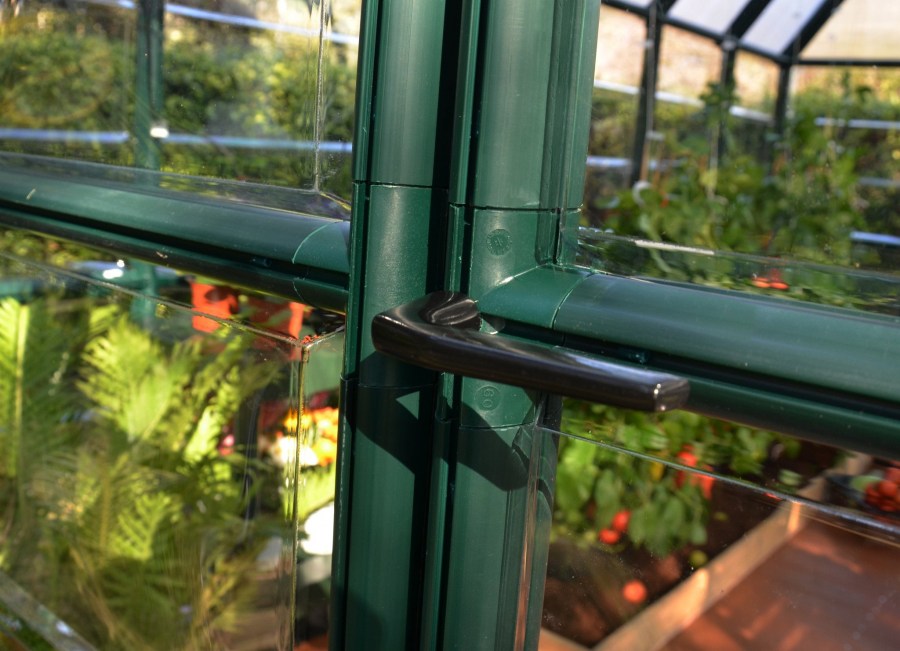

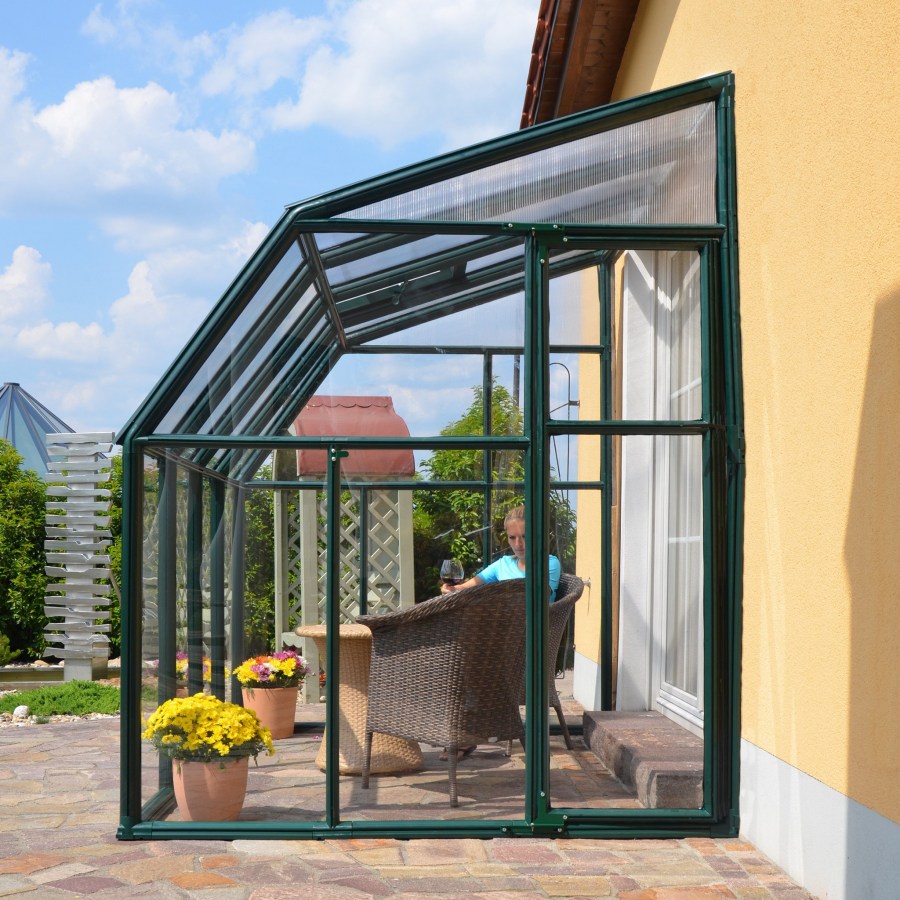
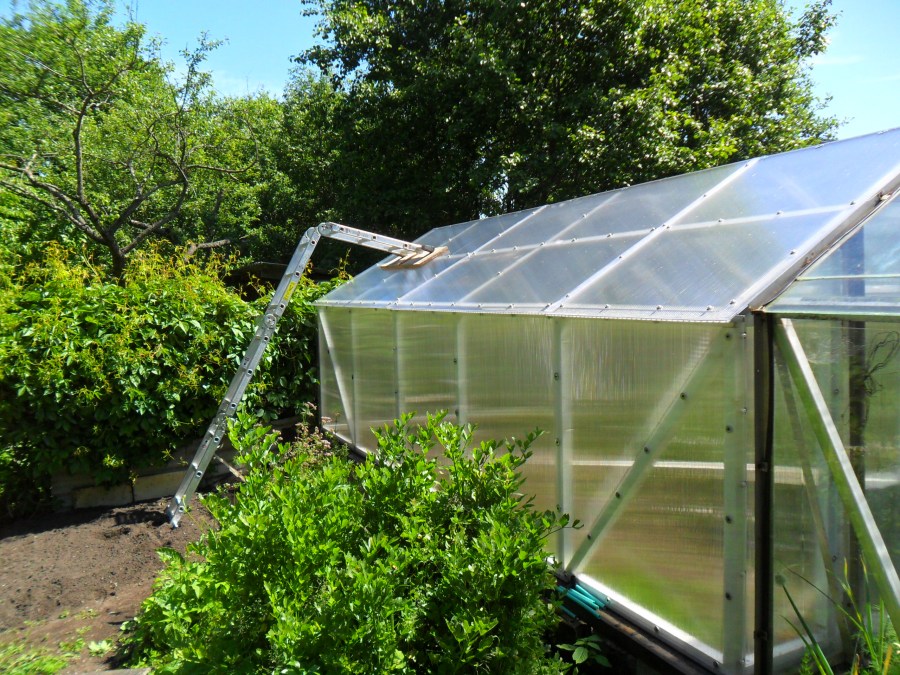
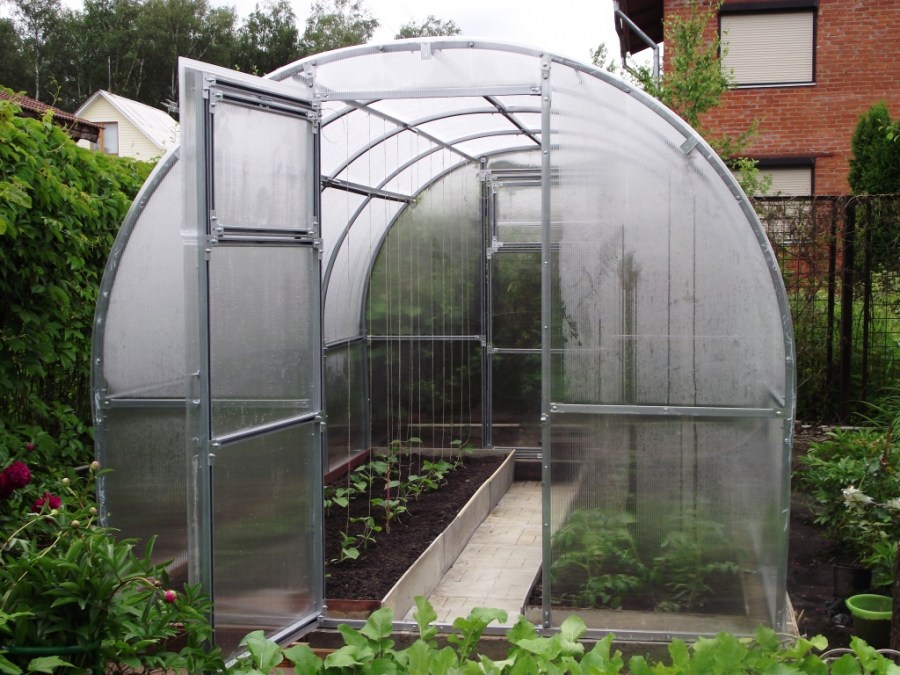
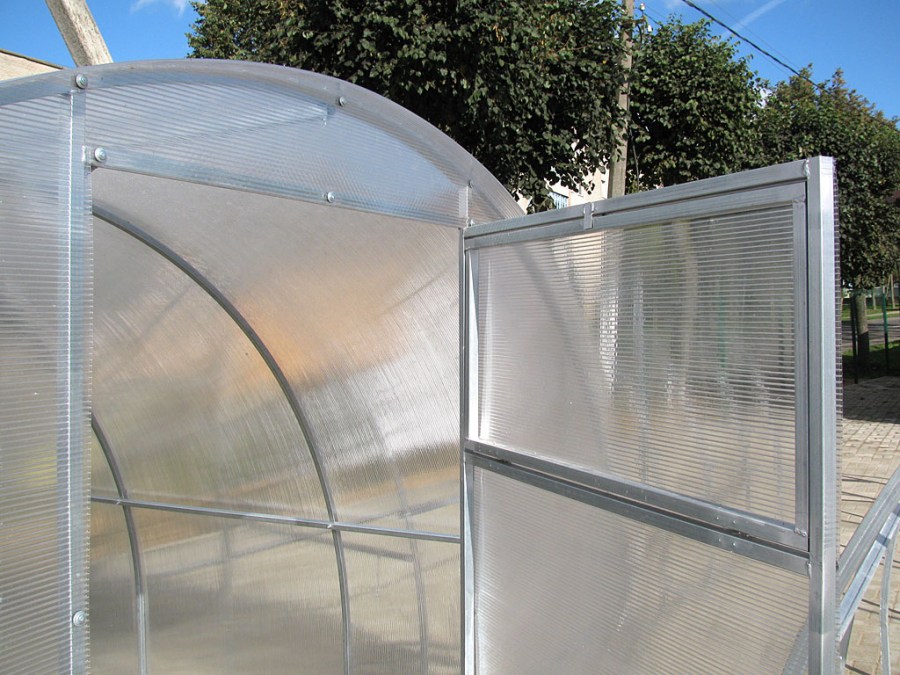
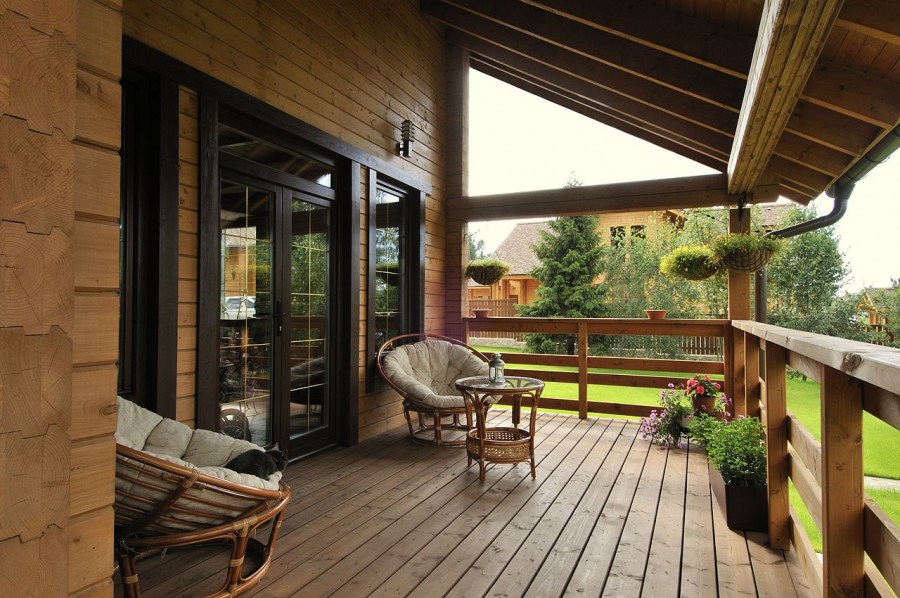
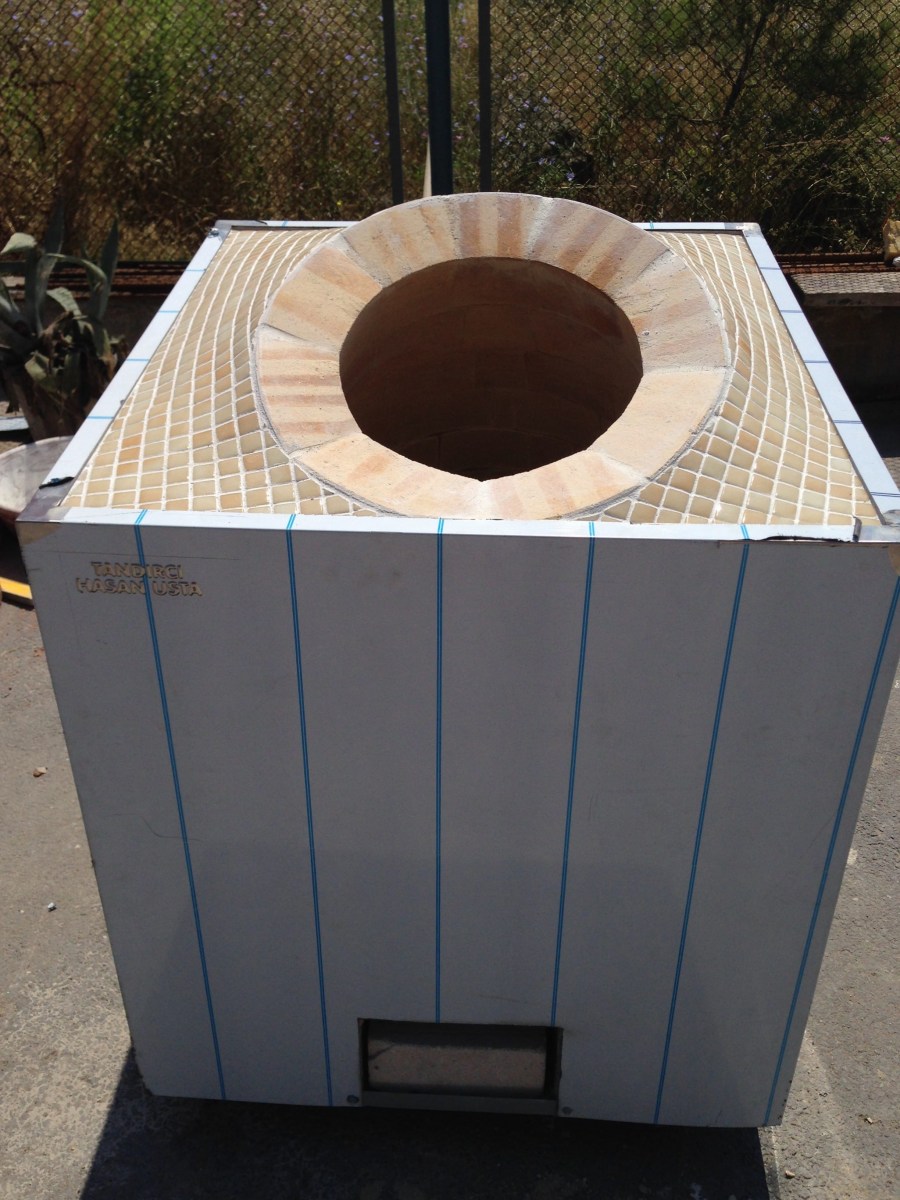
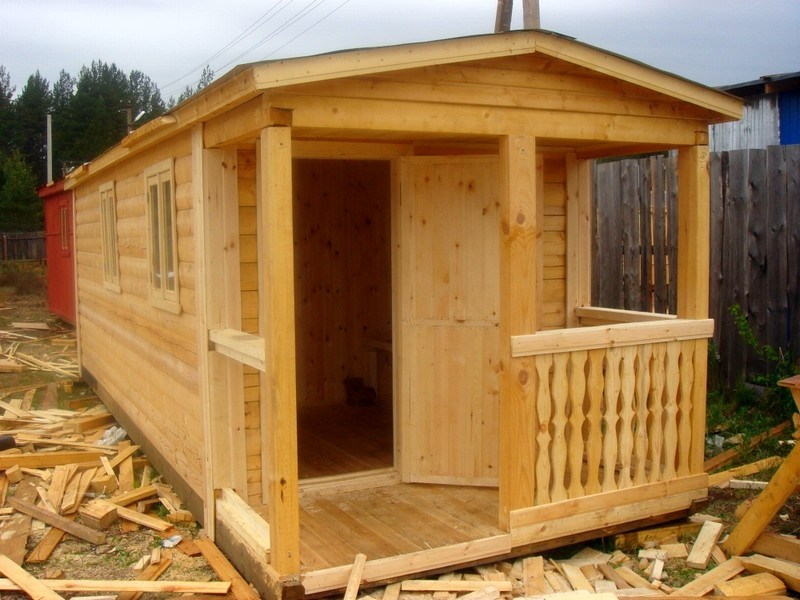
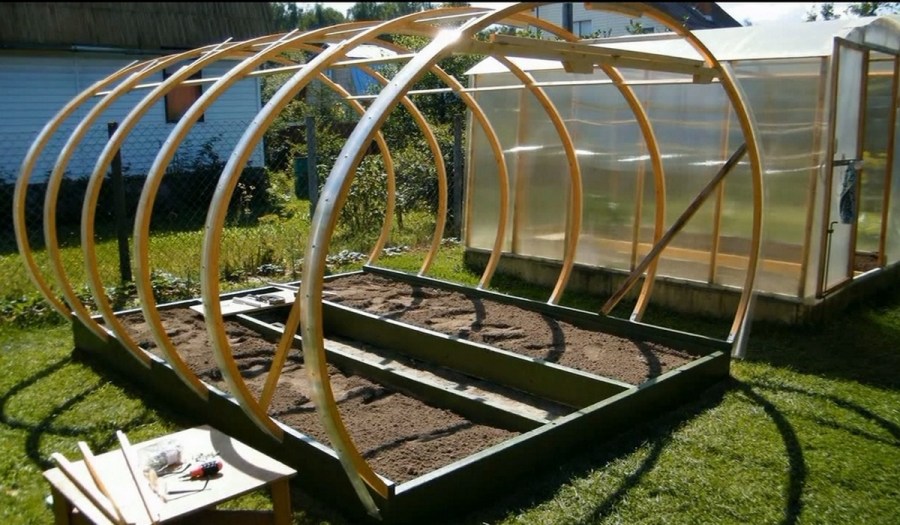
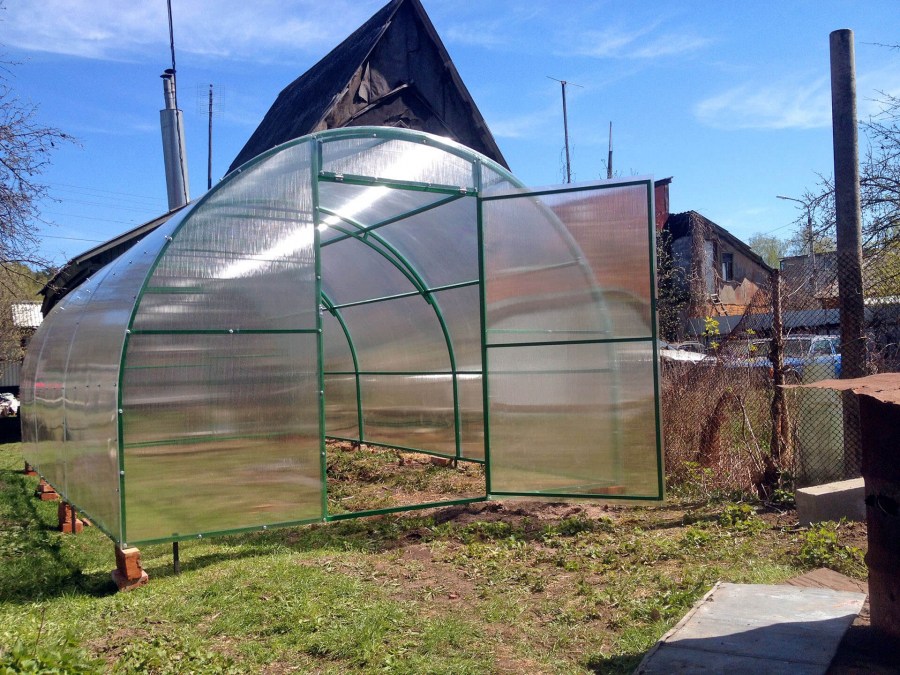
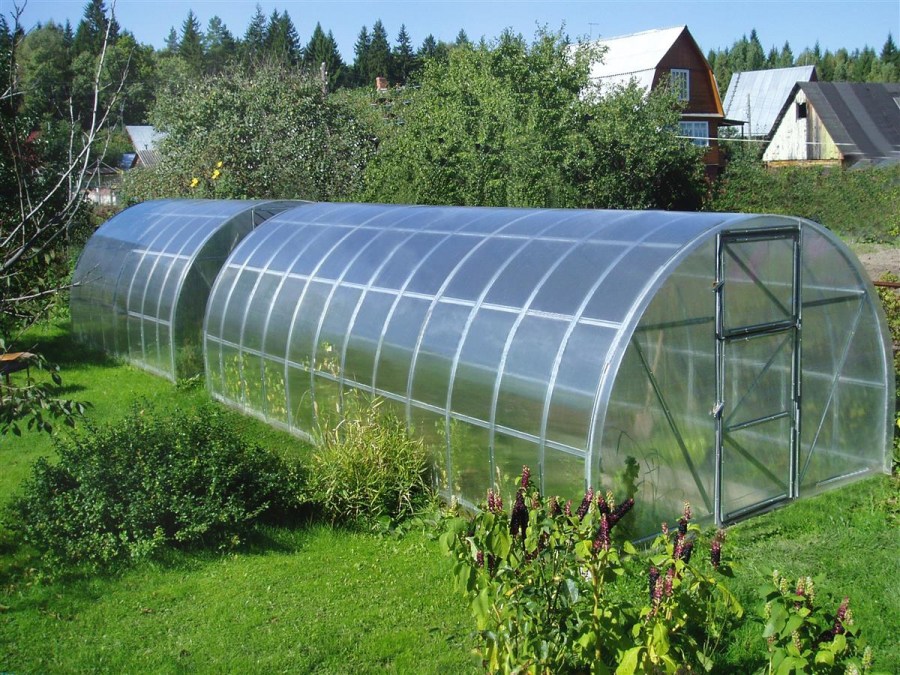

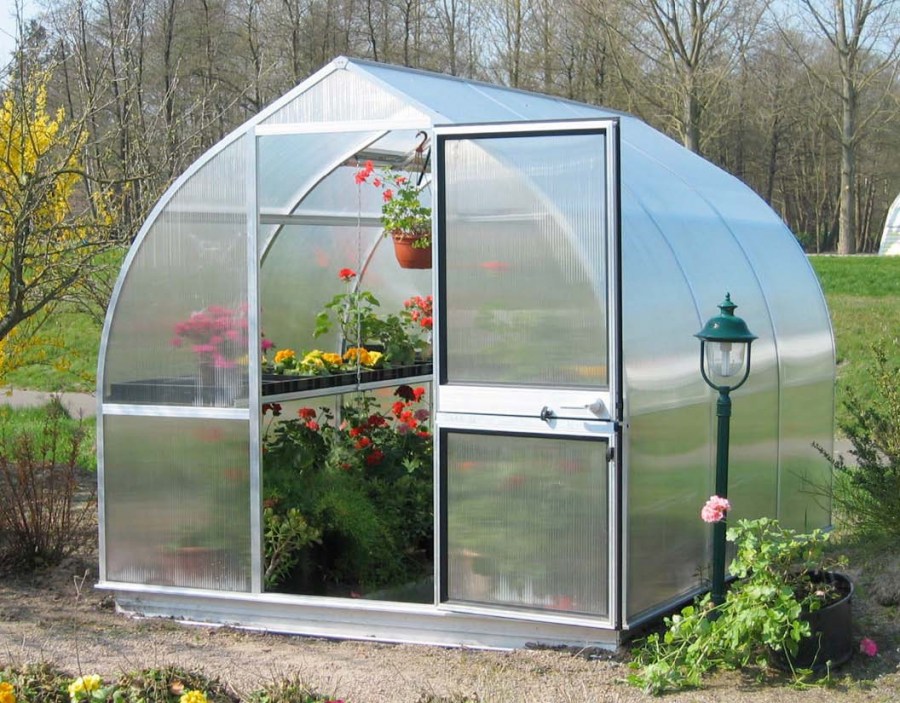


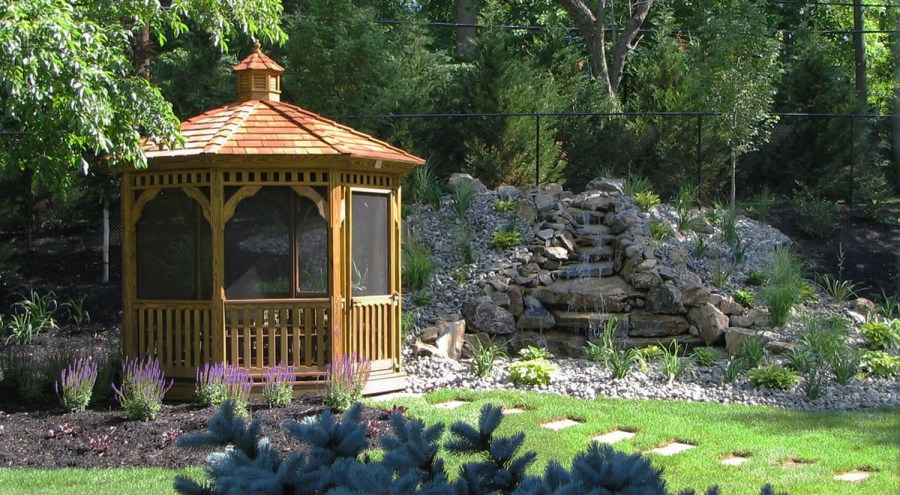
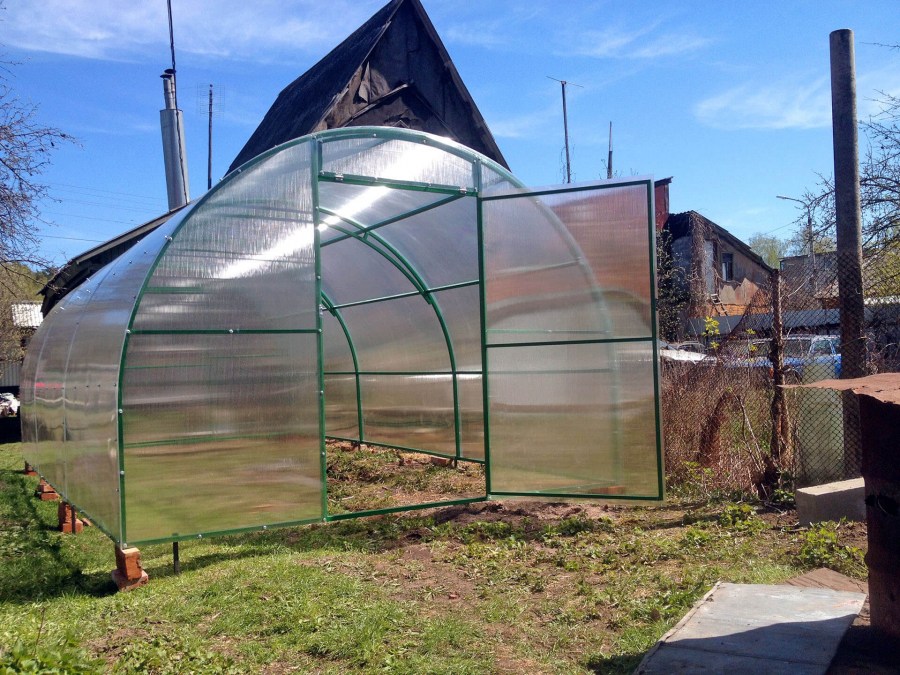
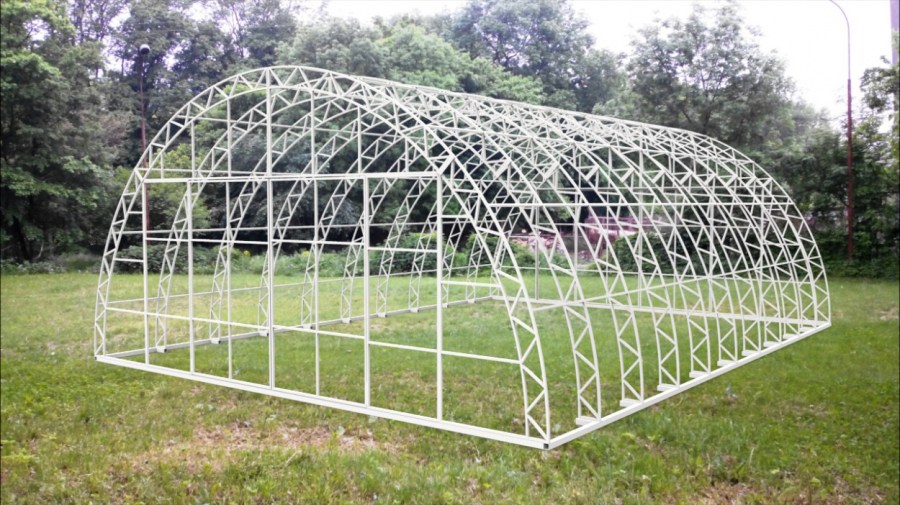
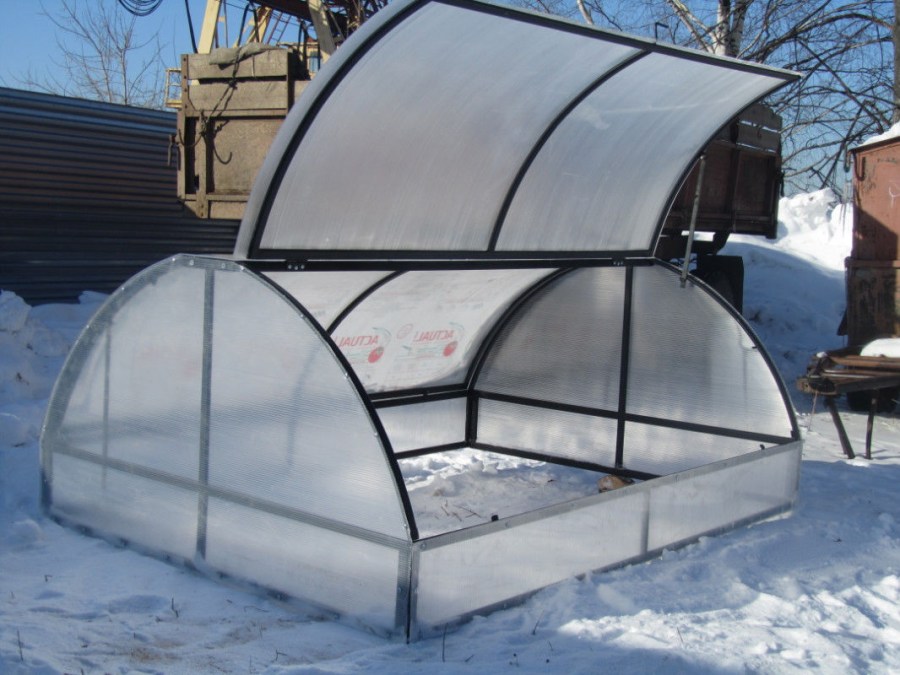
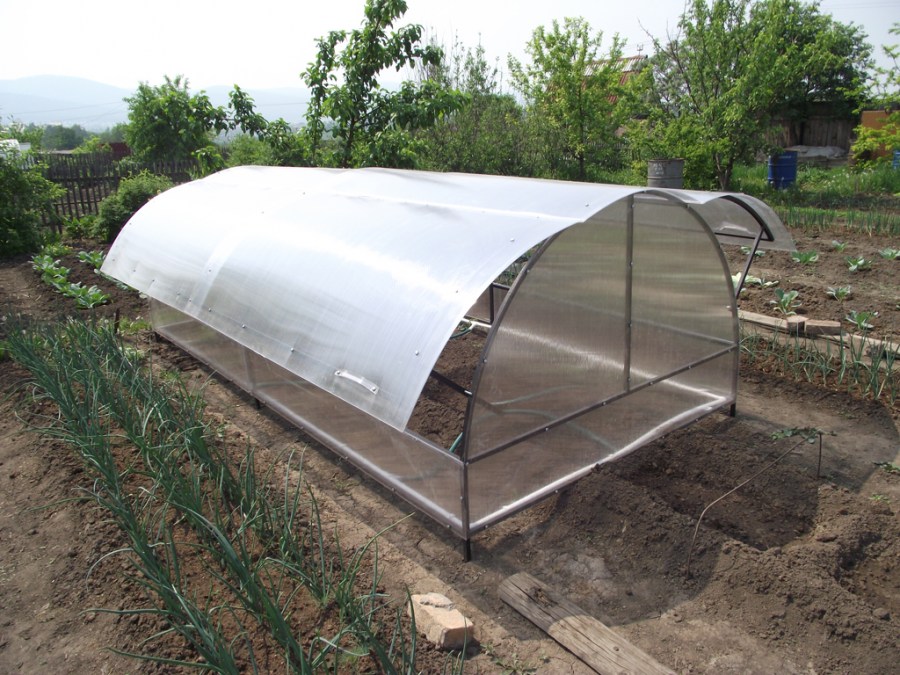
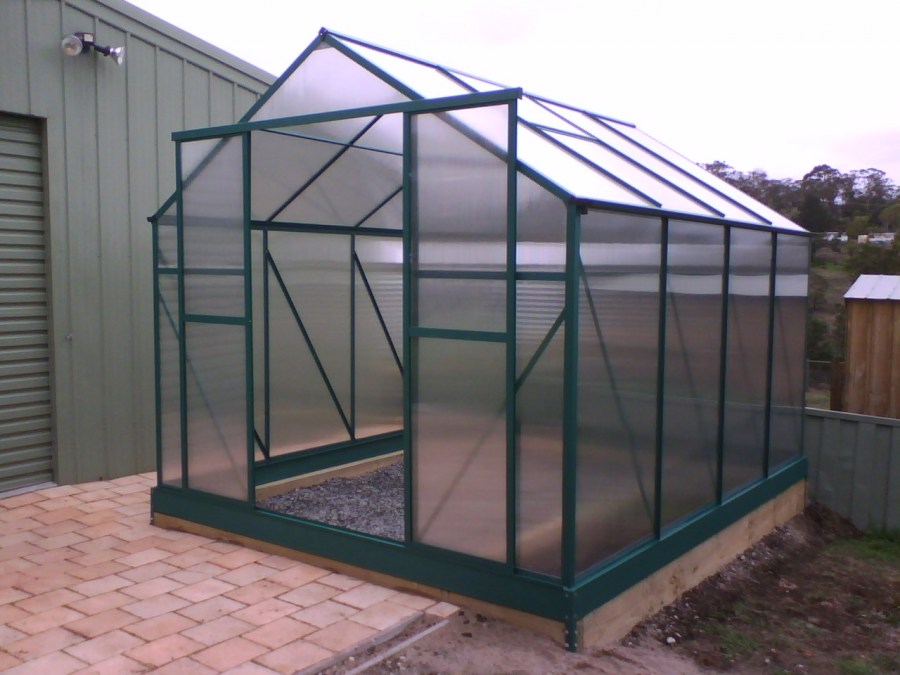
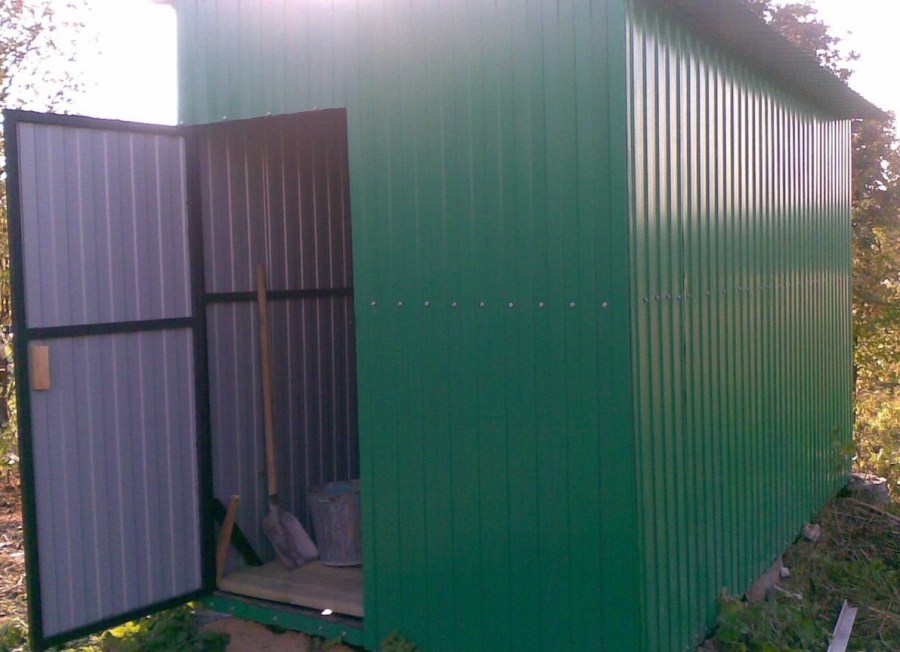


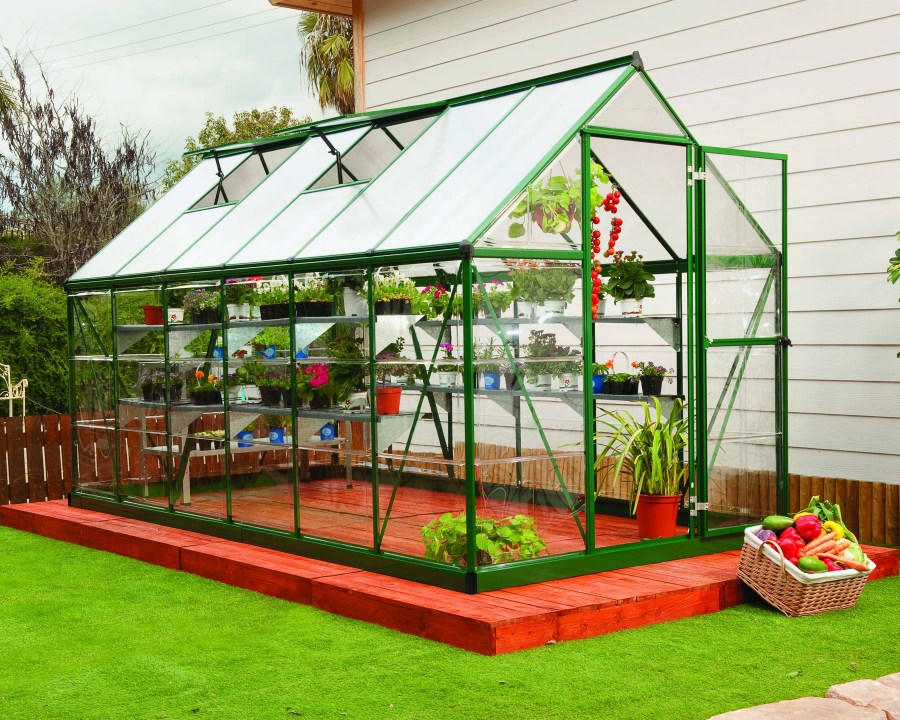
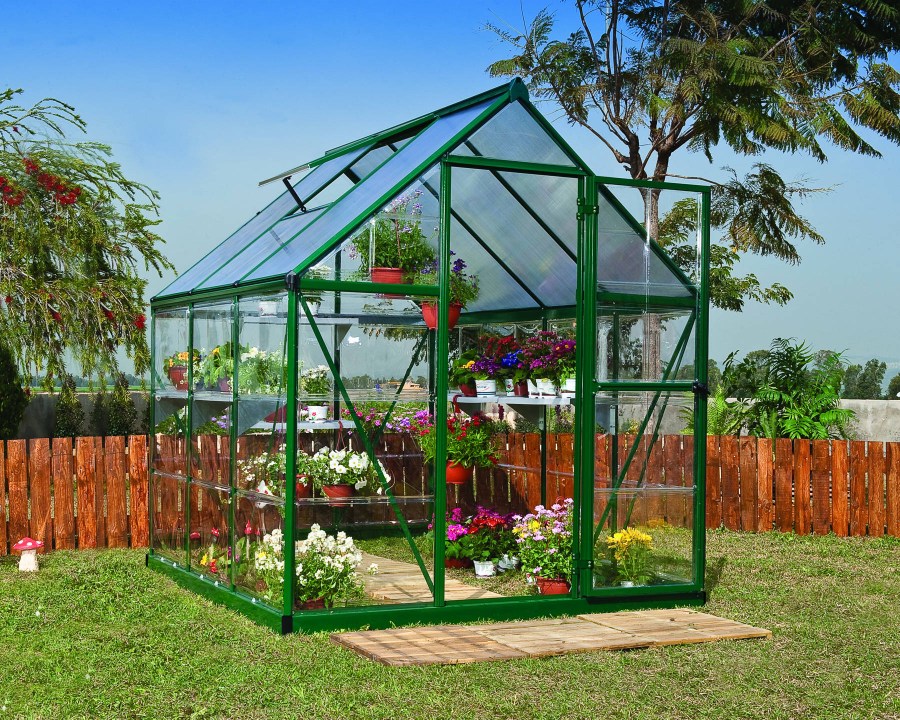
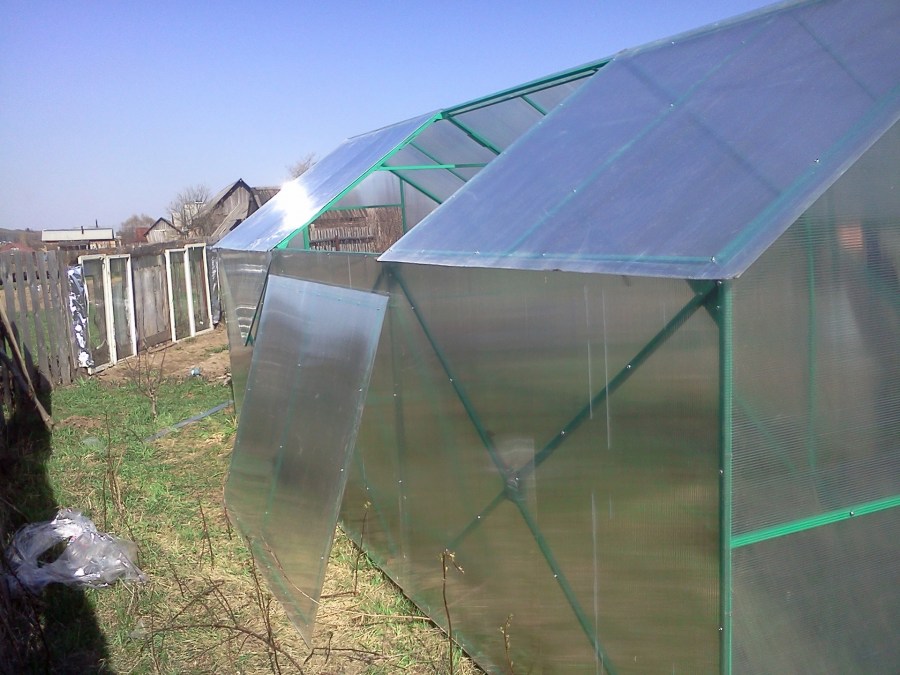
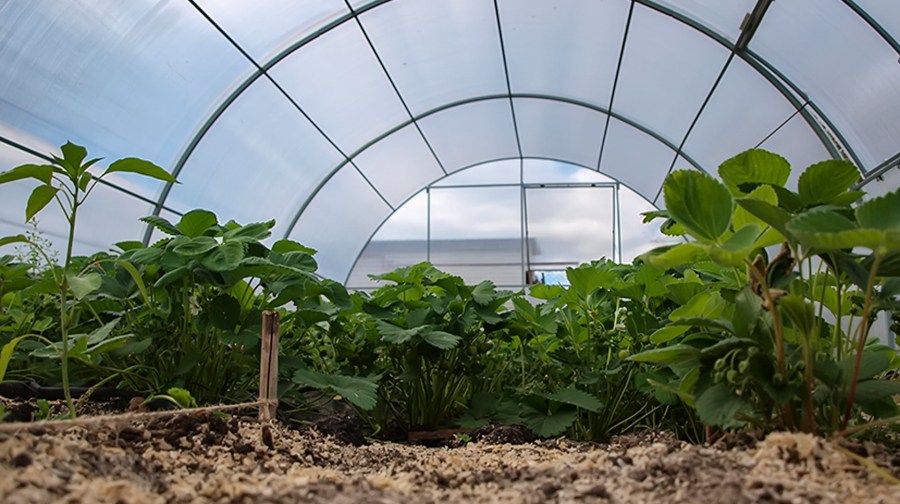
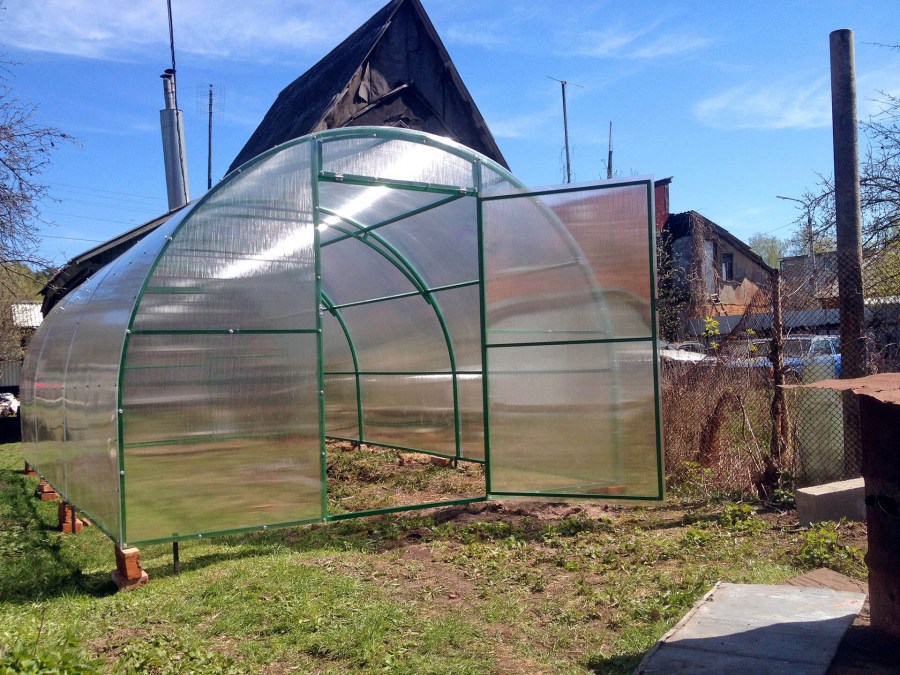
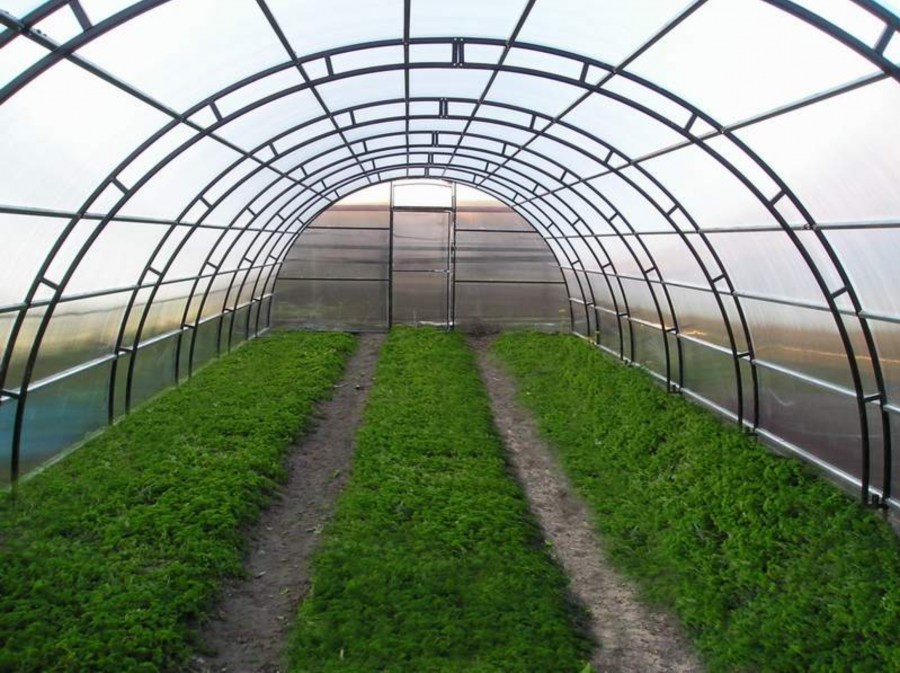
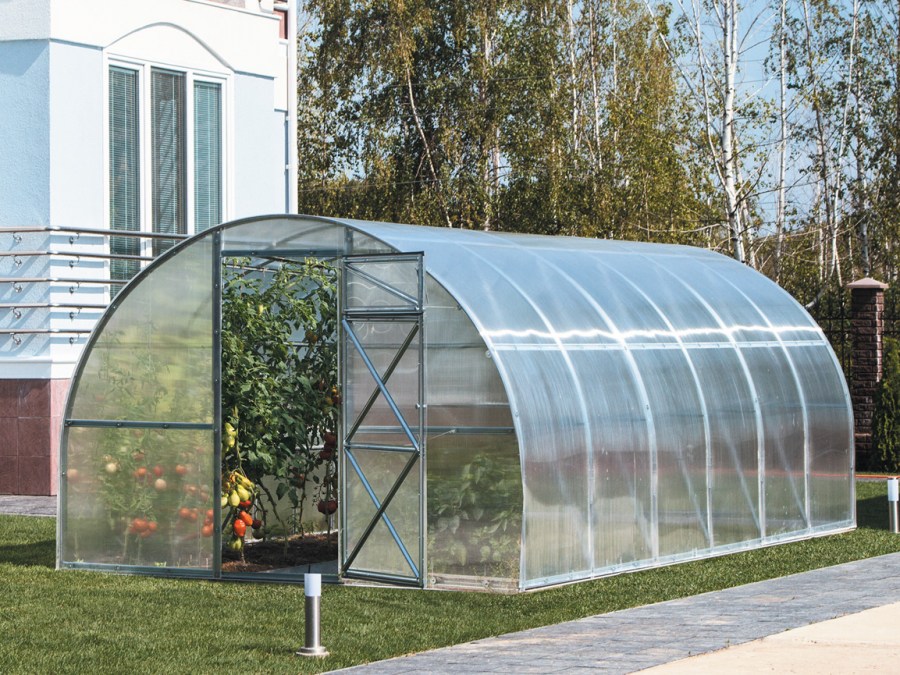
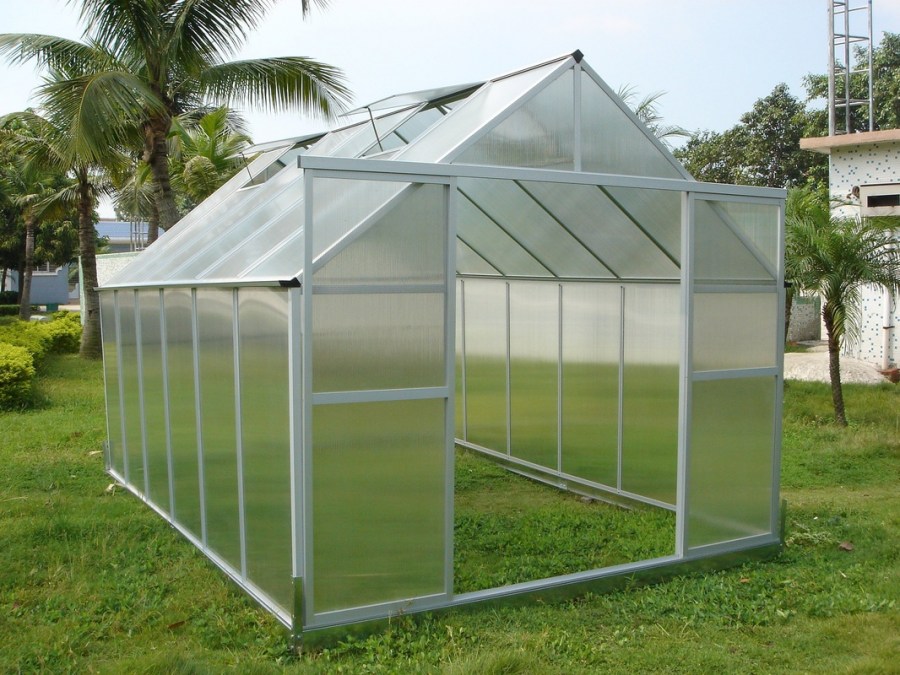
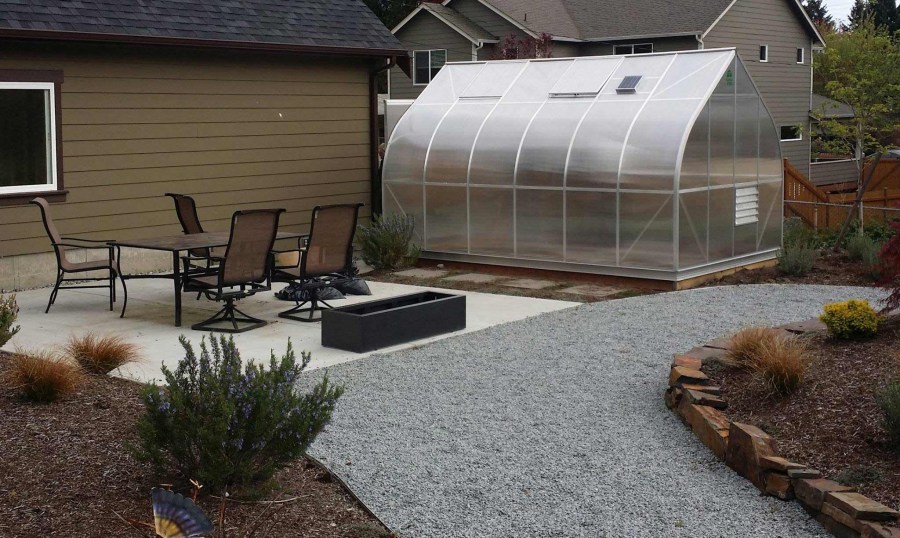
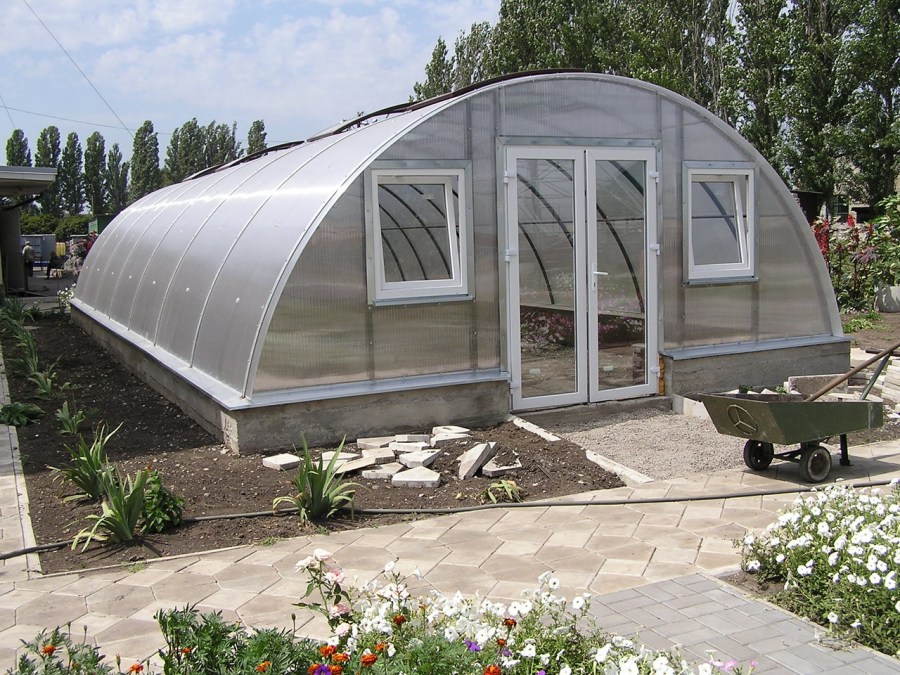
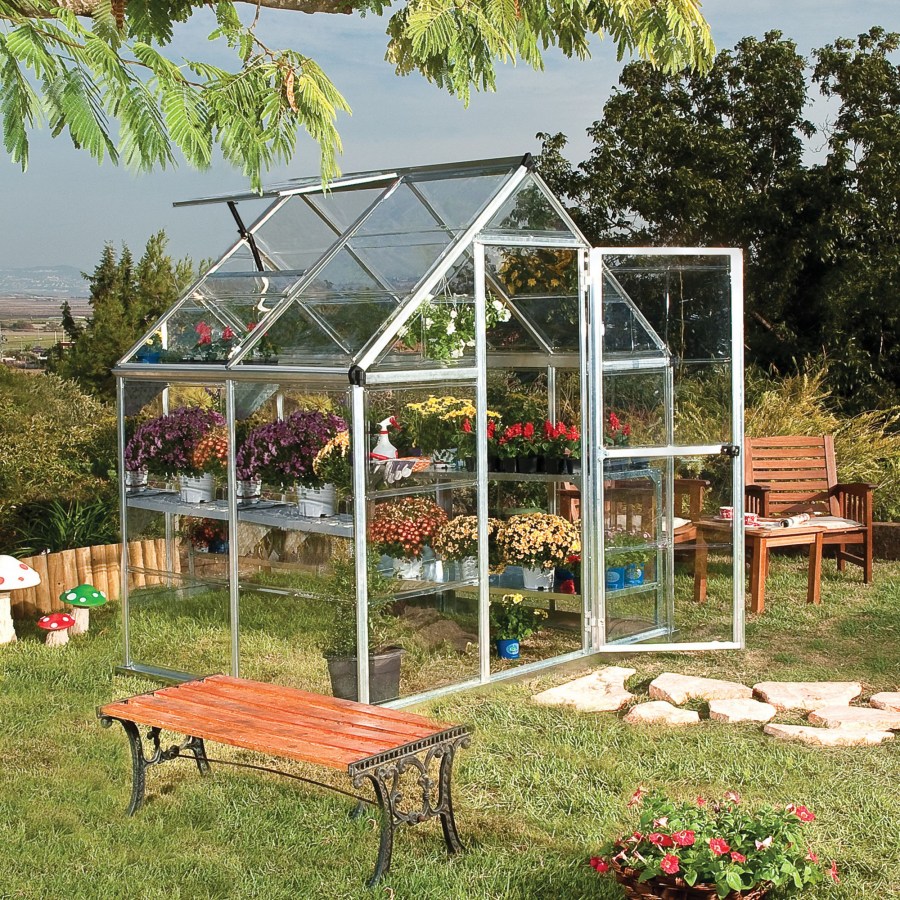
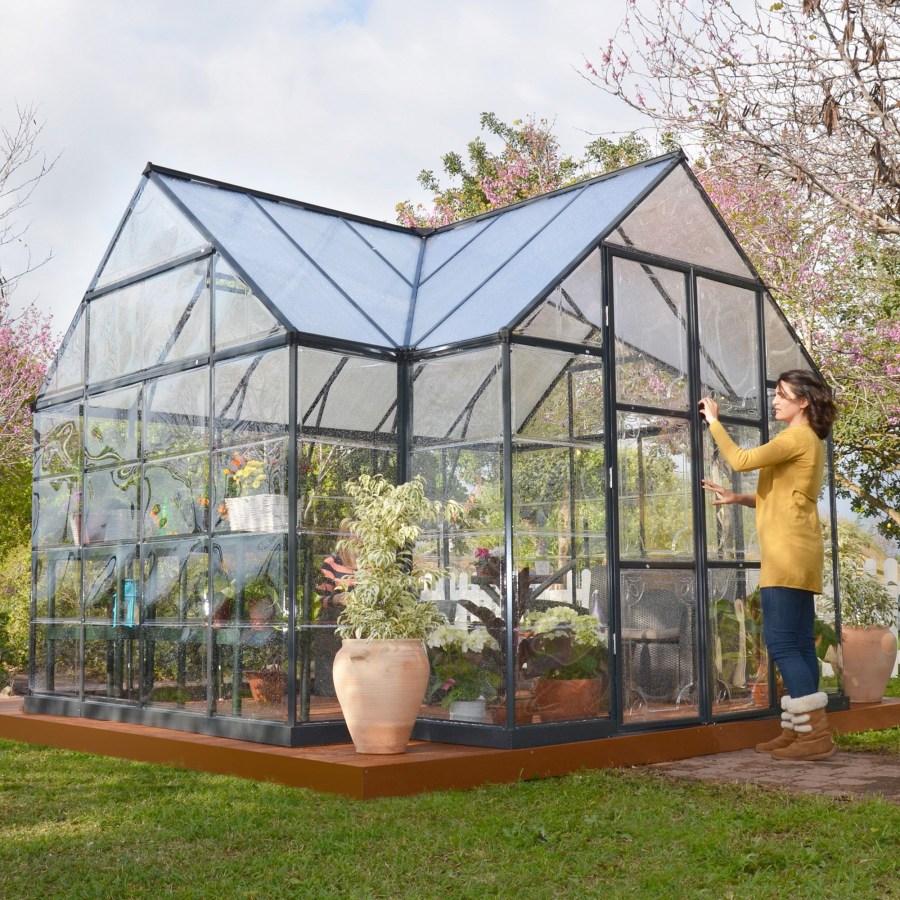
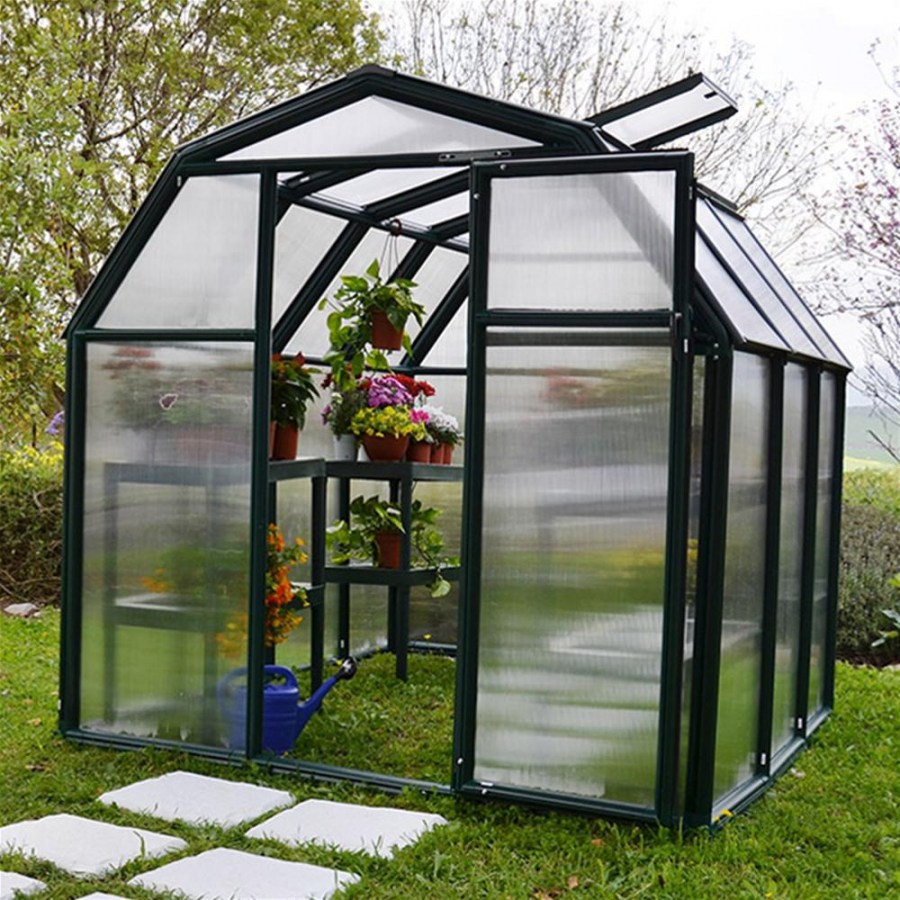



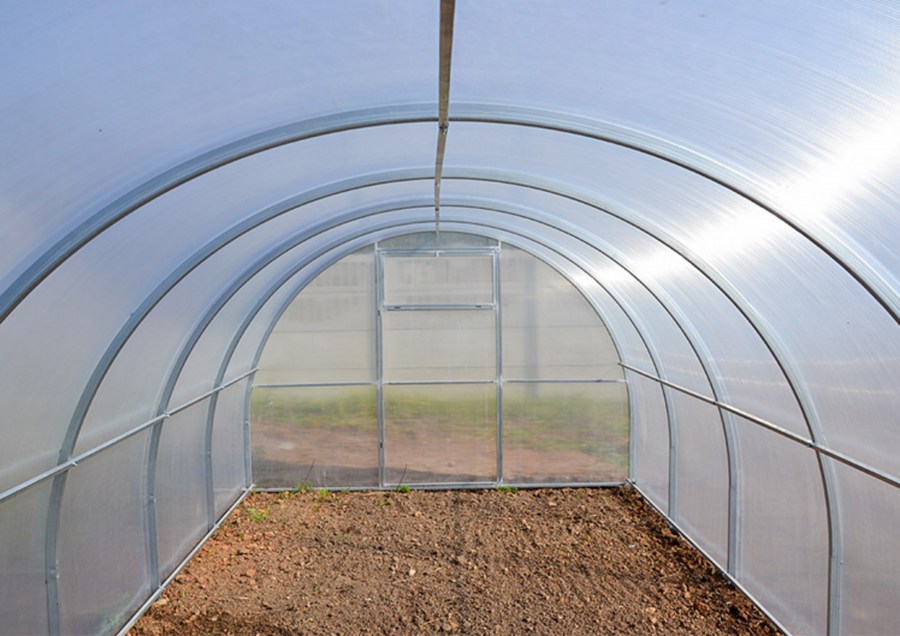


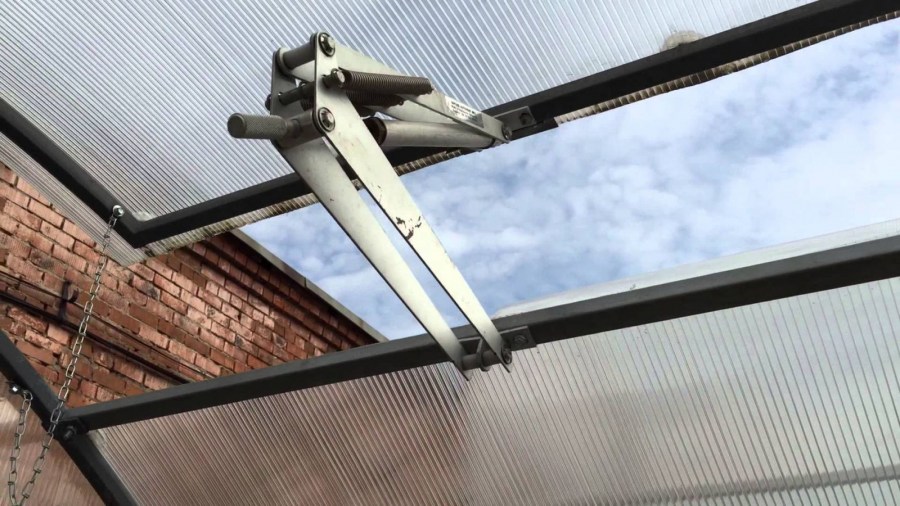
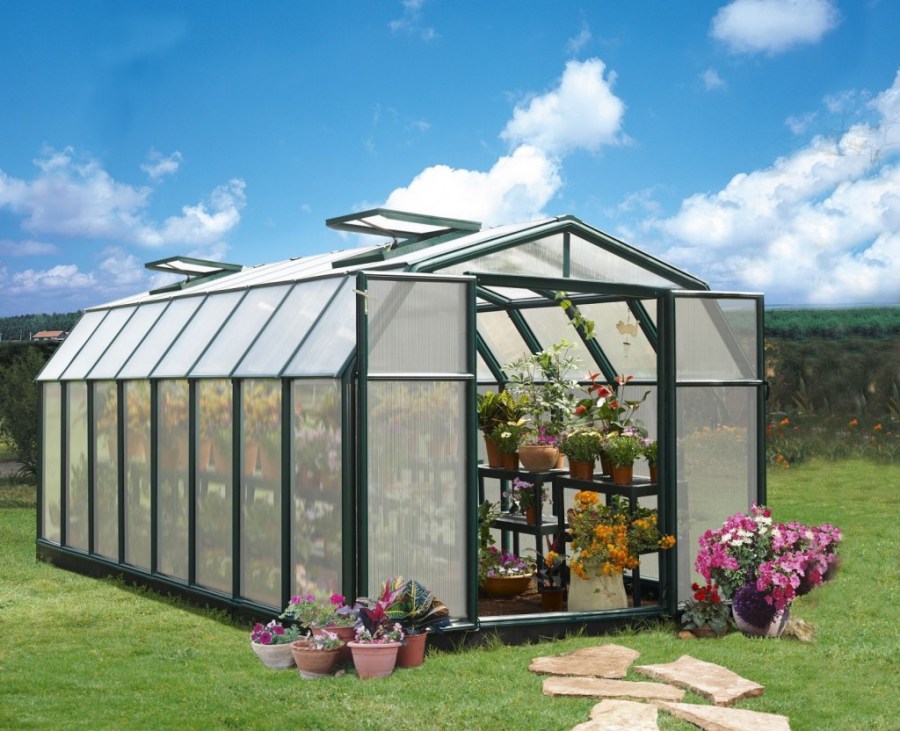

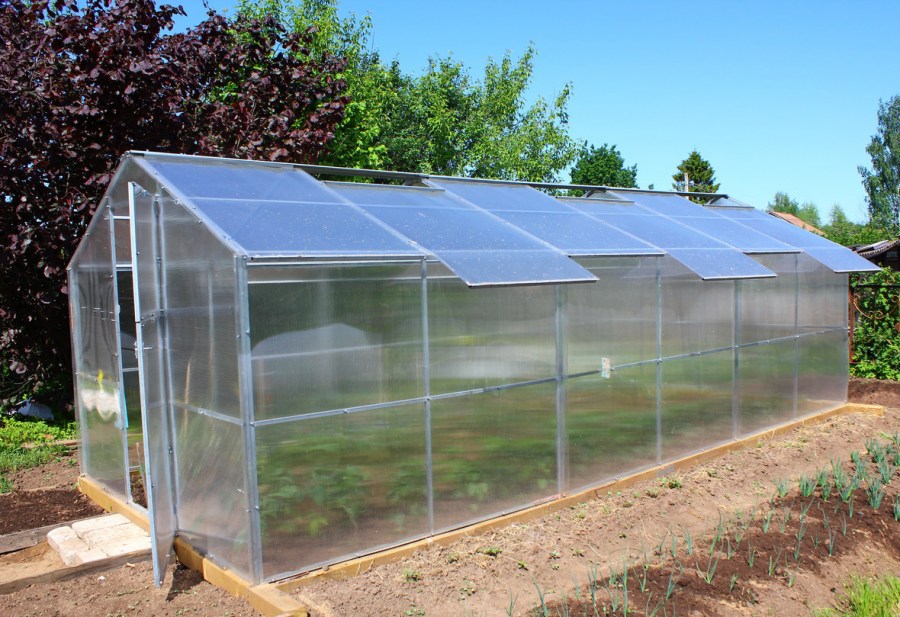
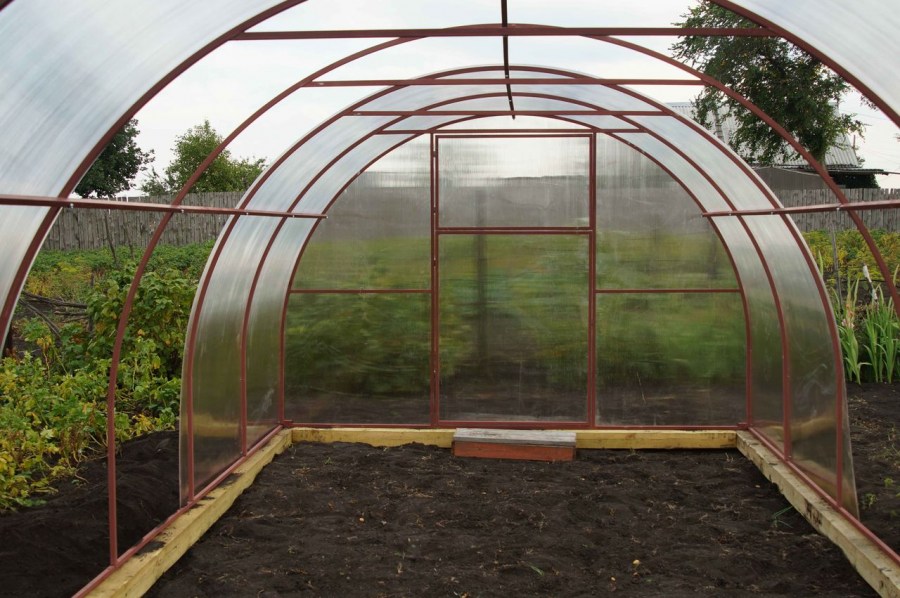
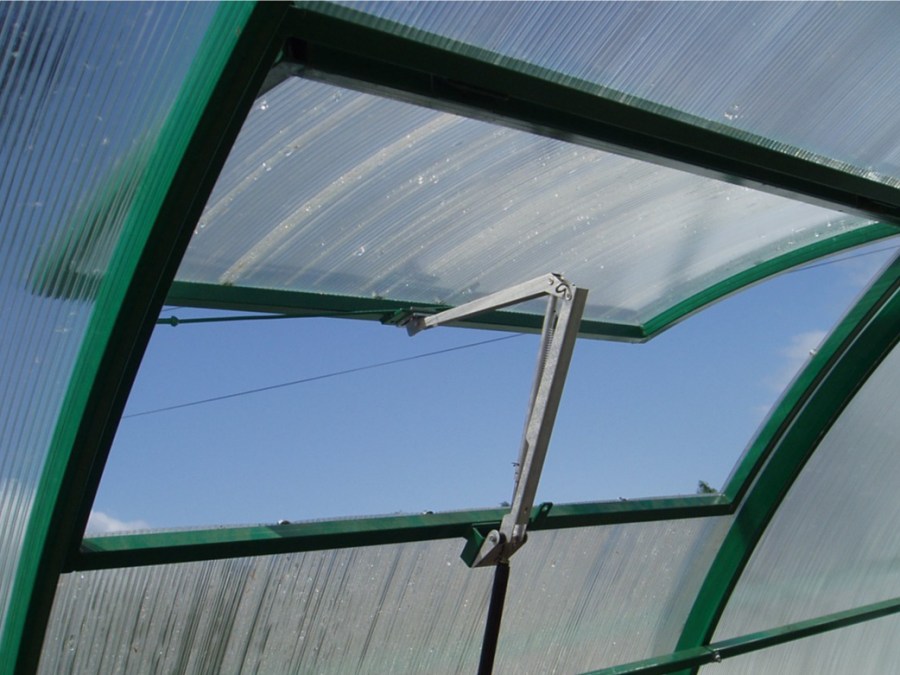
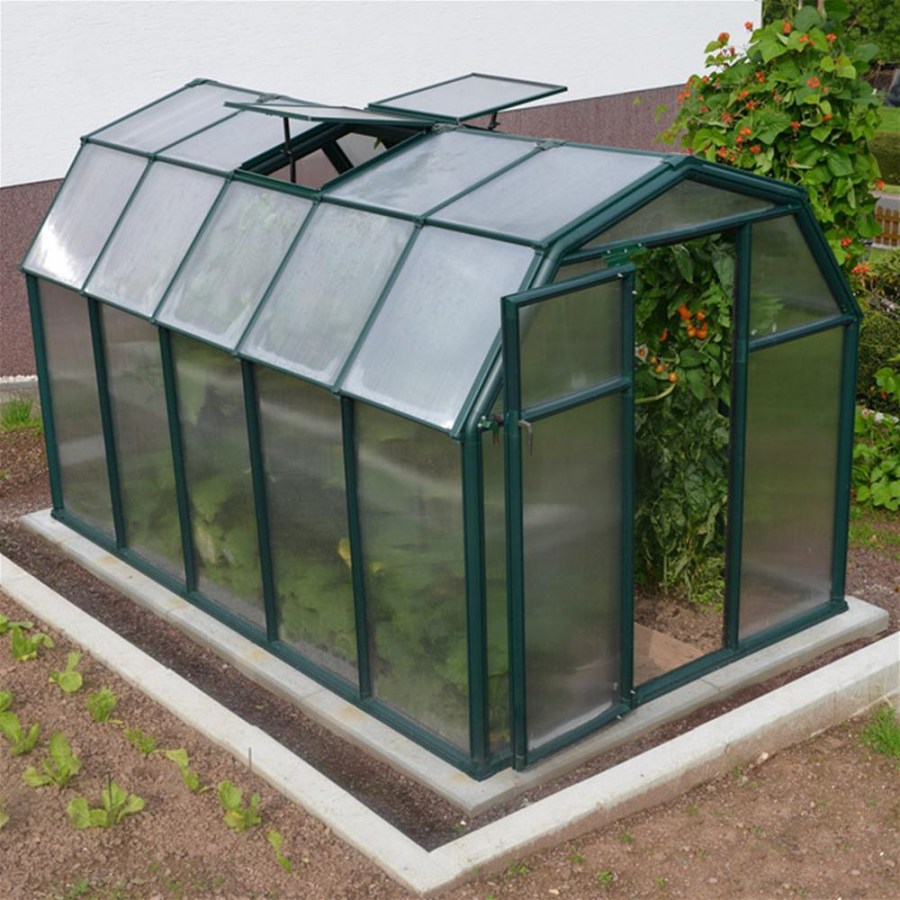
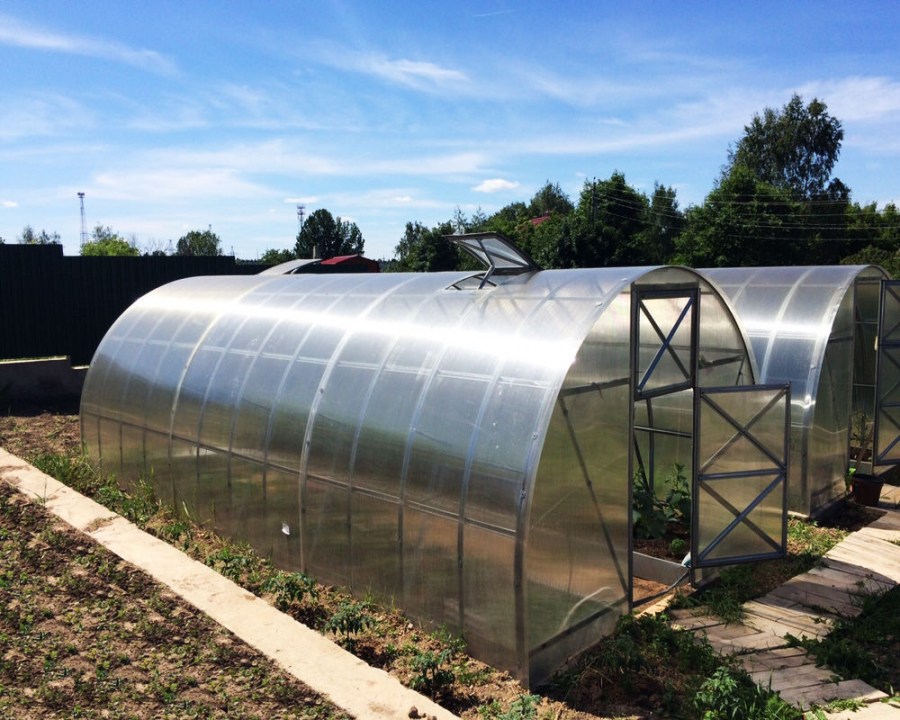
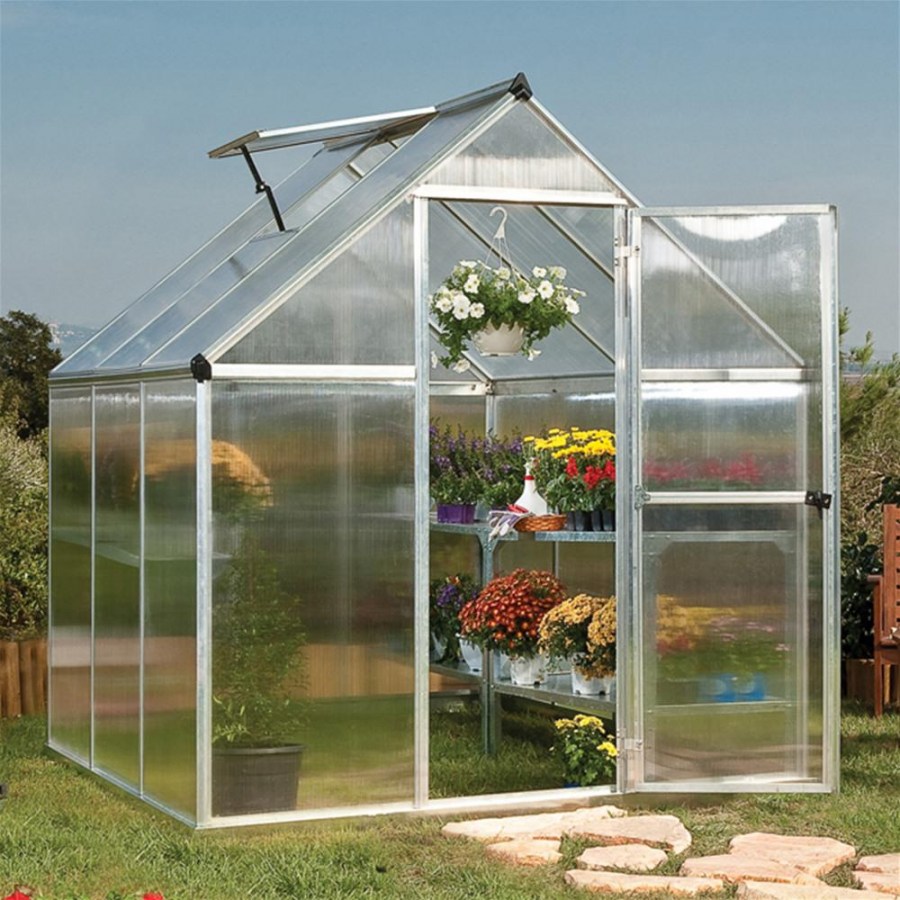


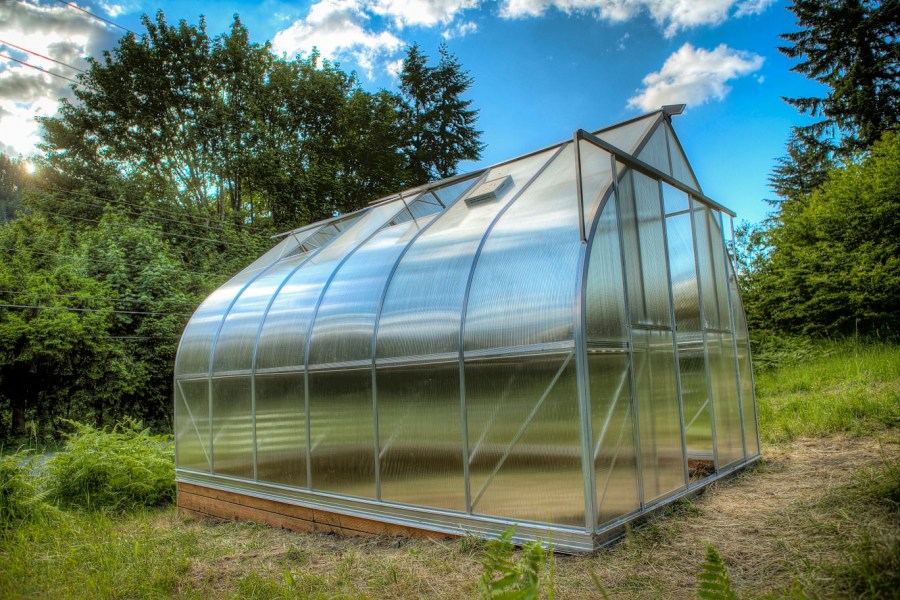
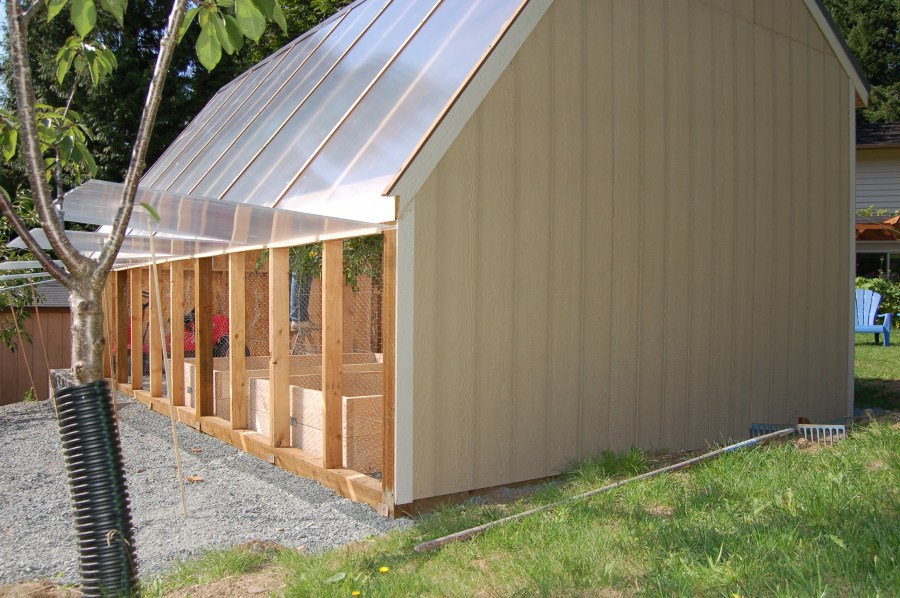
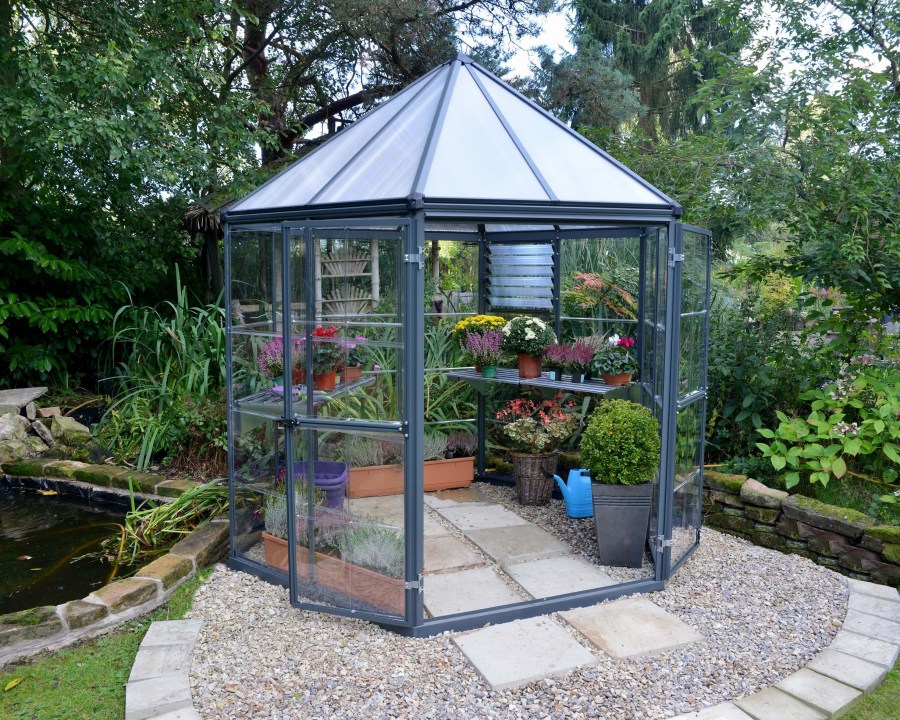
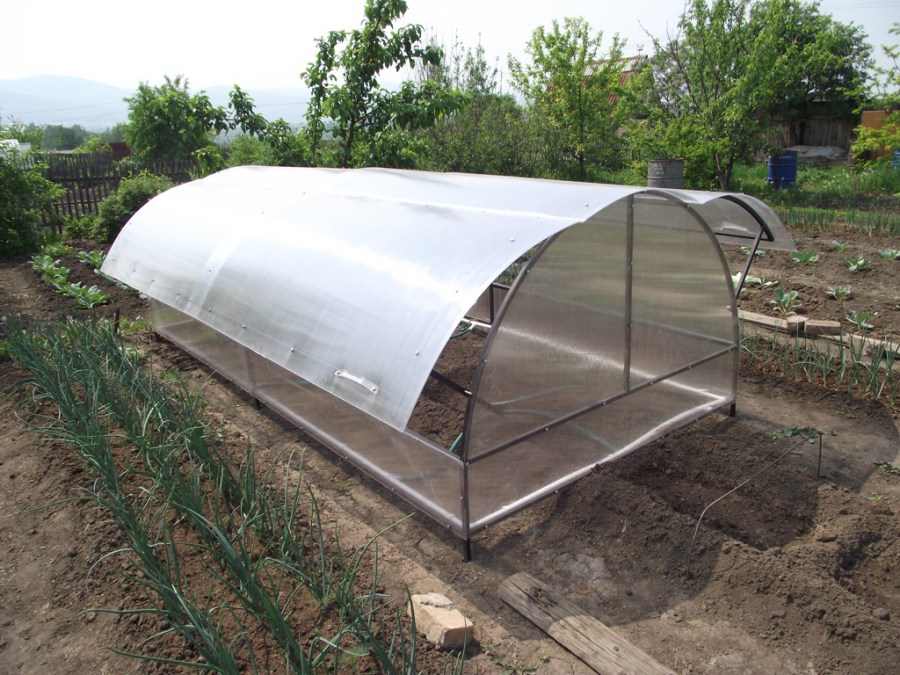


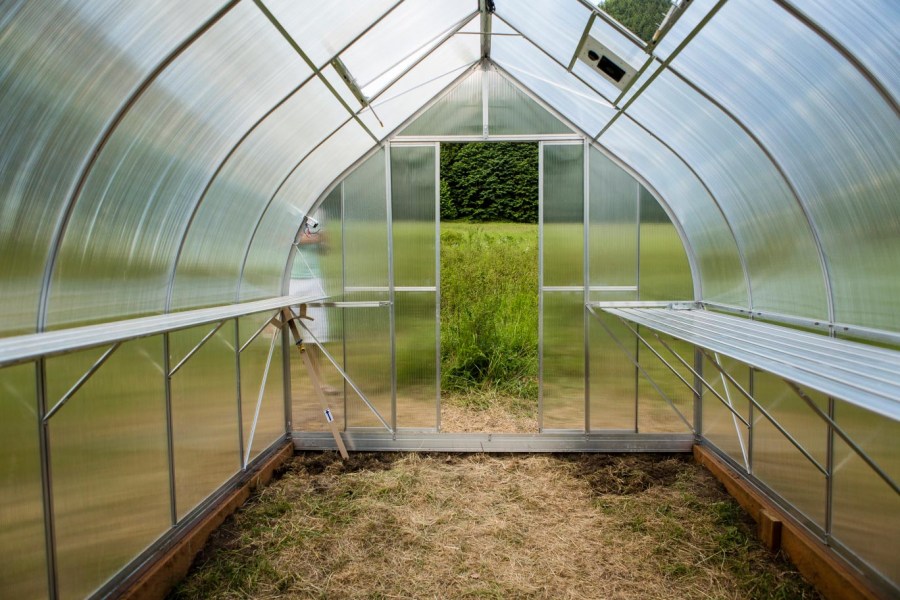


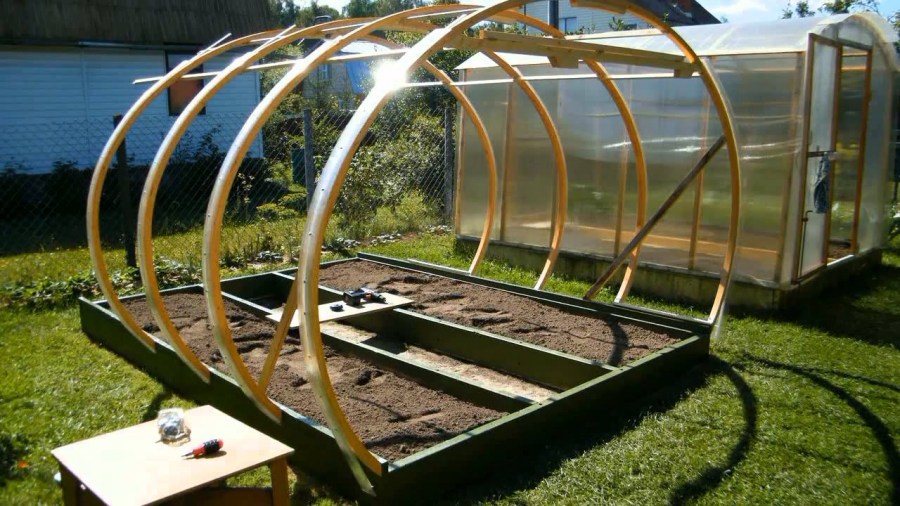
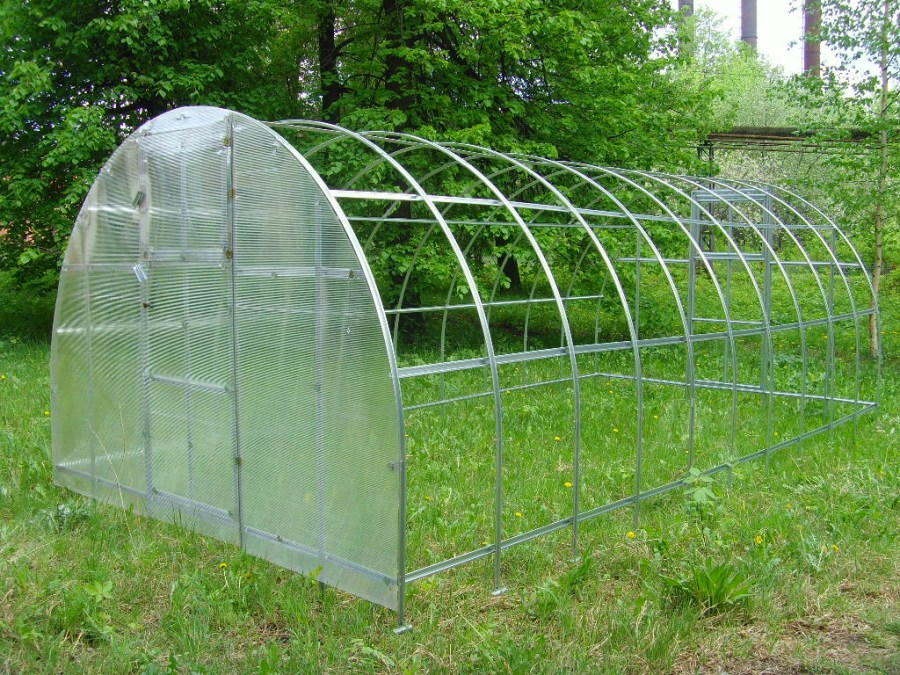
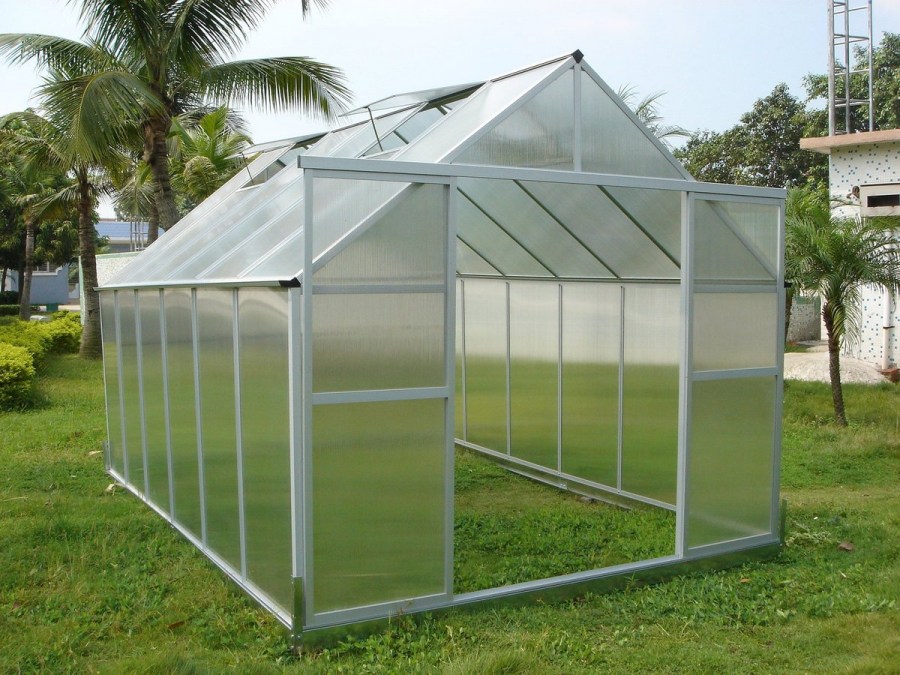
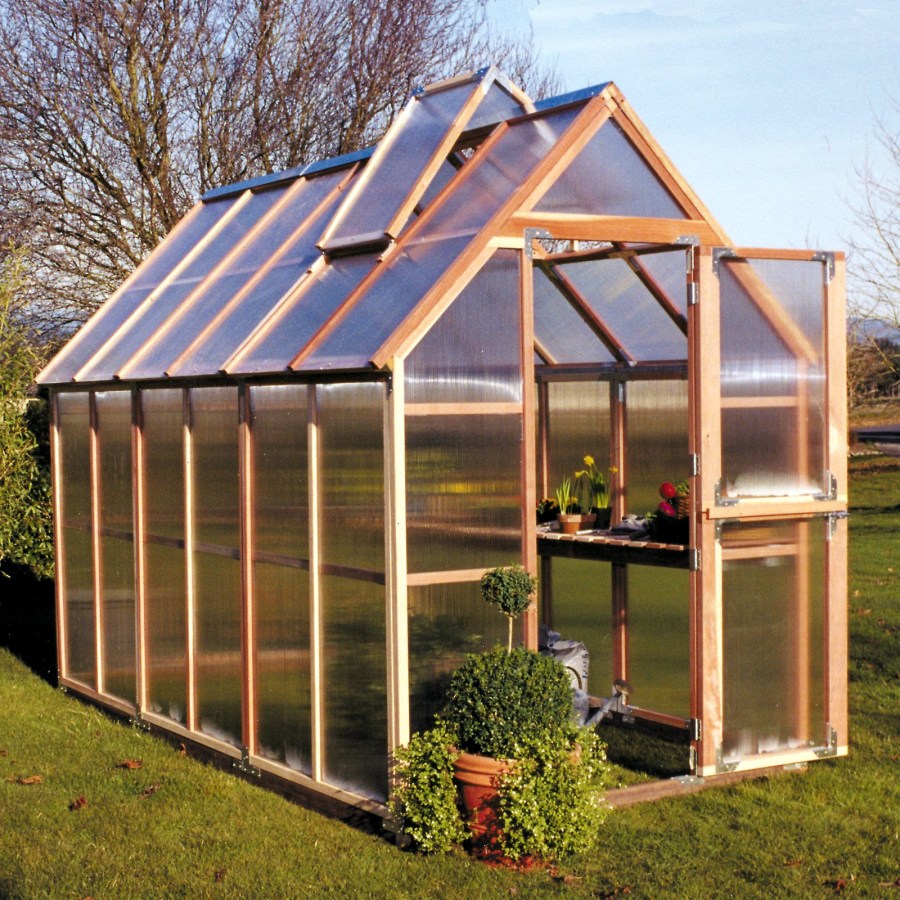
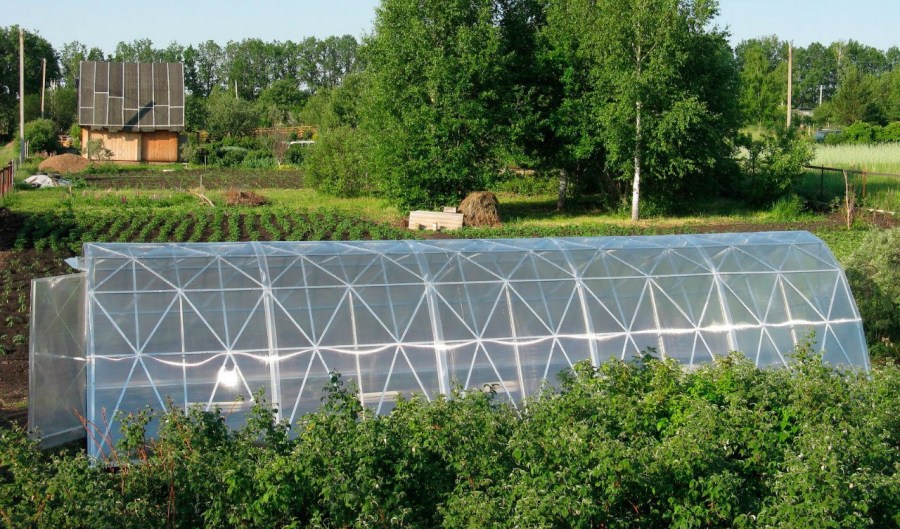
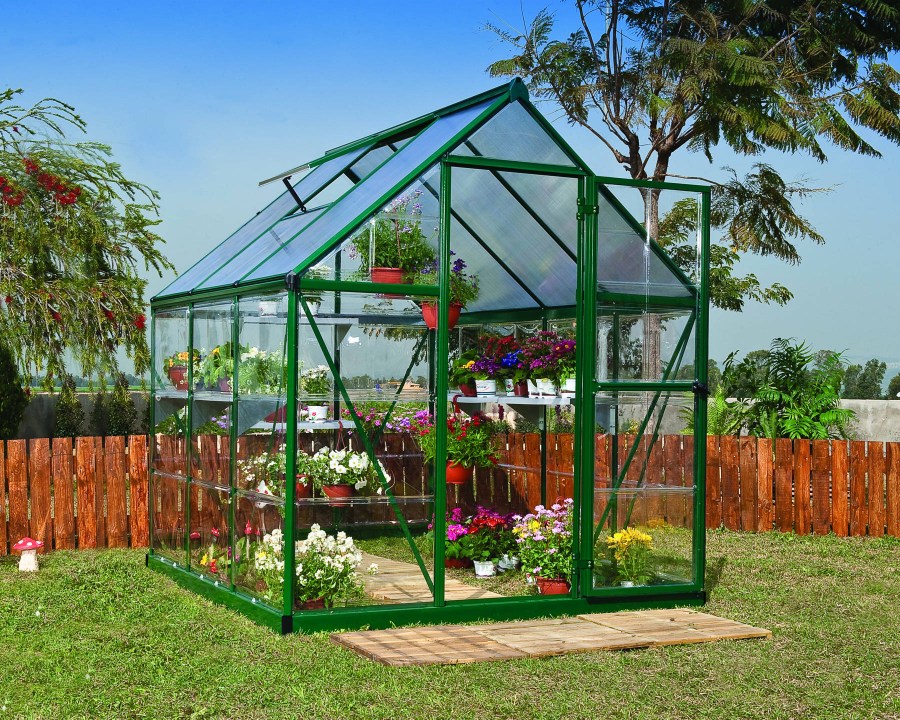
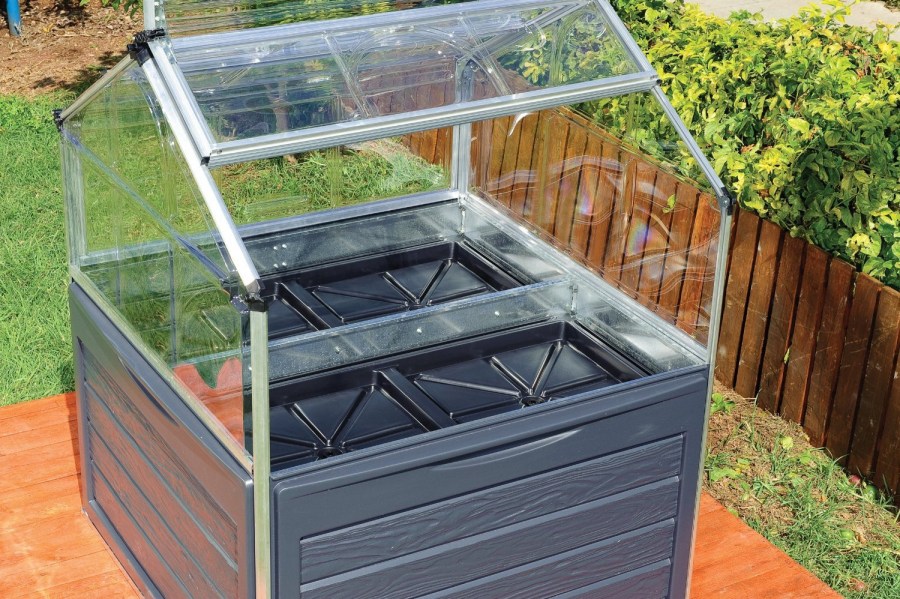
we have this in the country!
It is a pity that the article was written by an incompetent person. He does not even have a clue that glass absolutely does not transmit ultraviolet light.